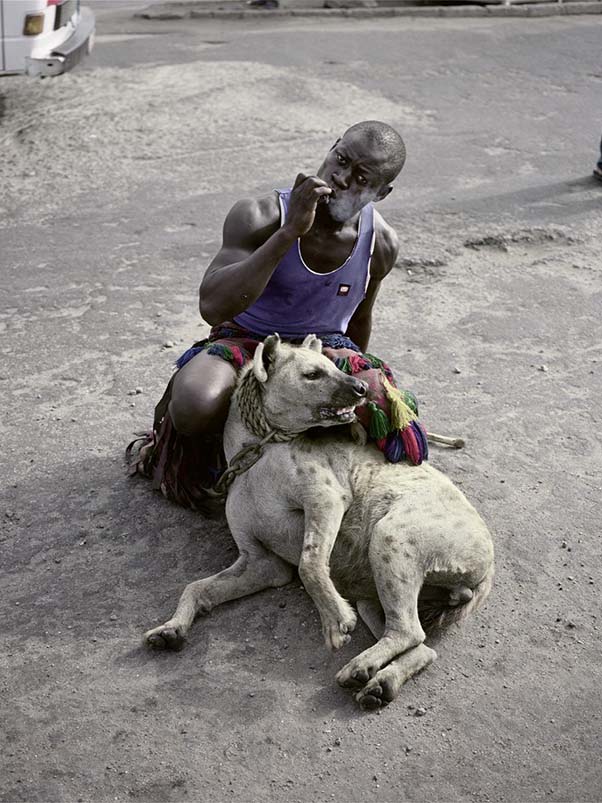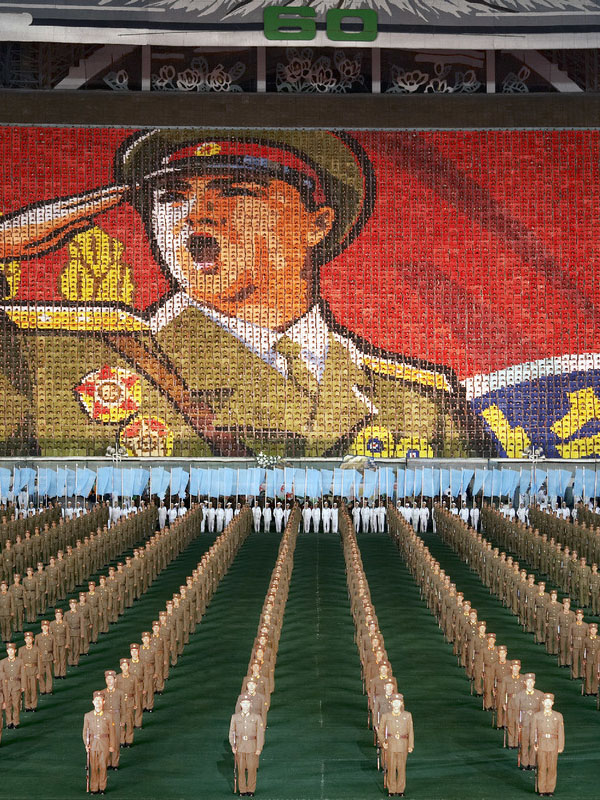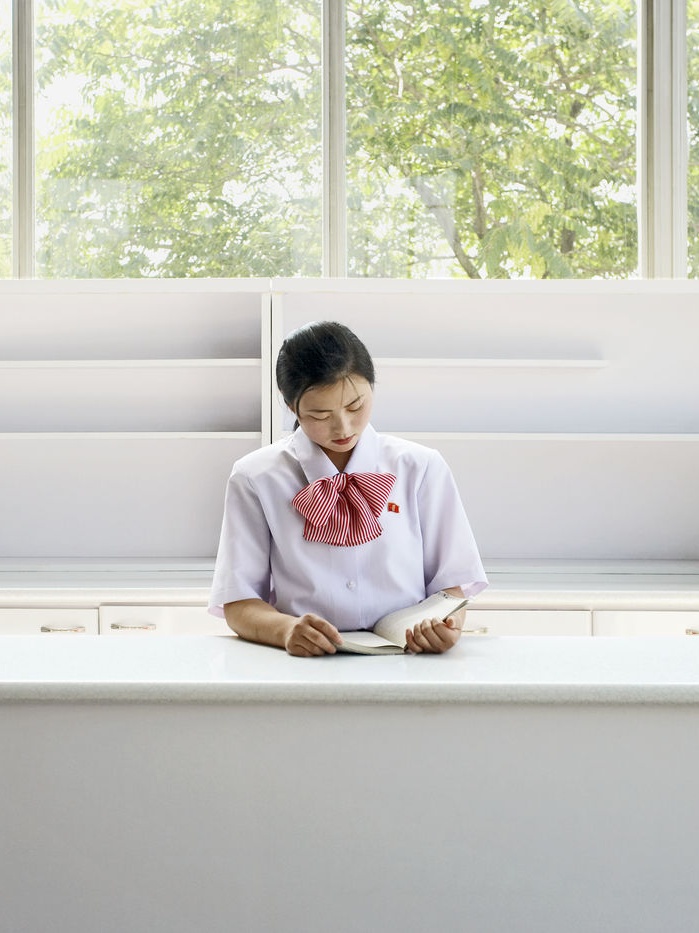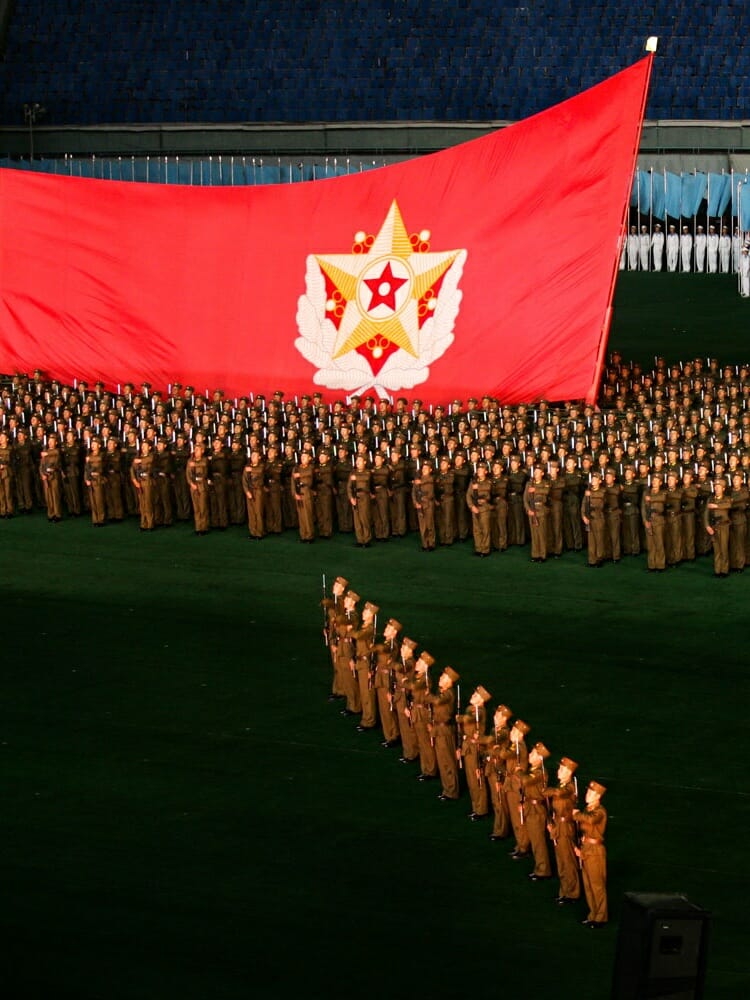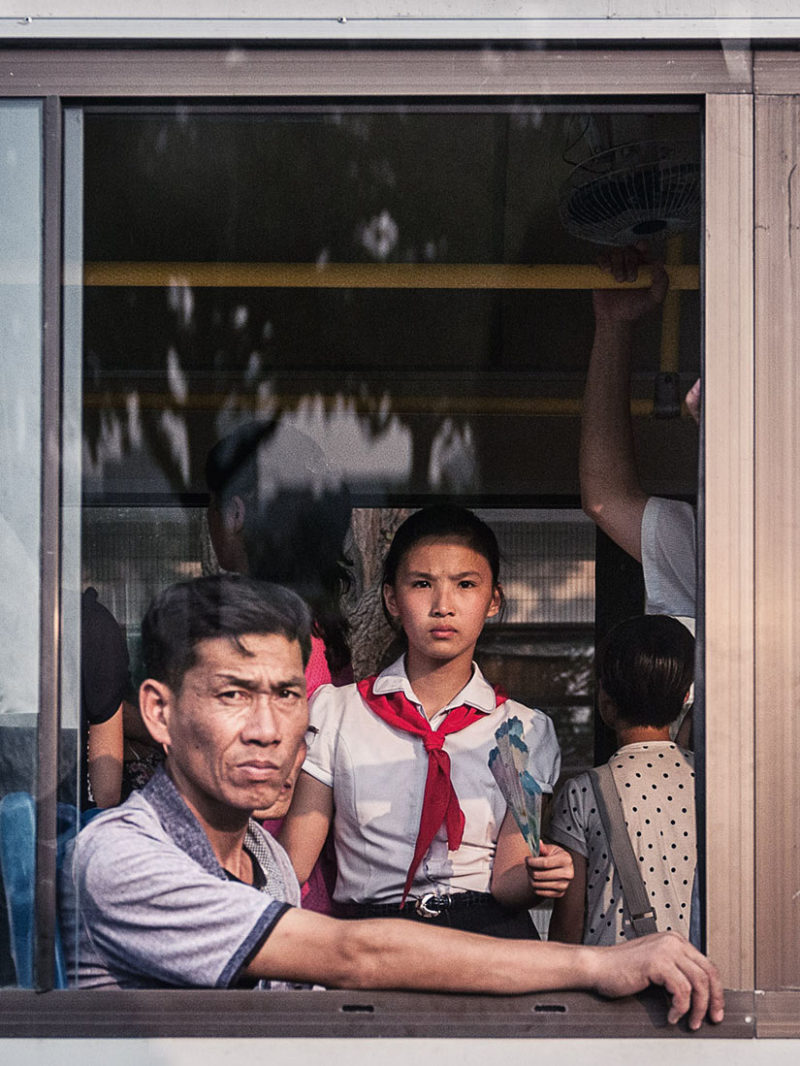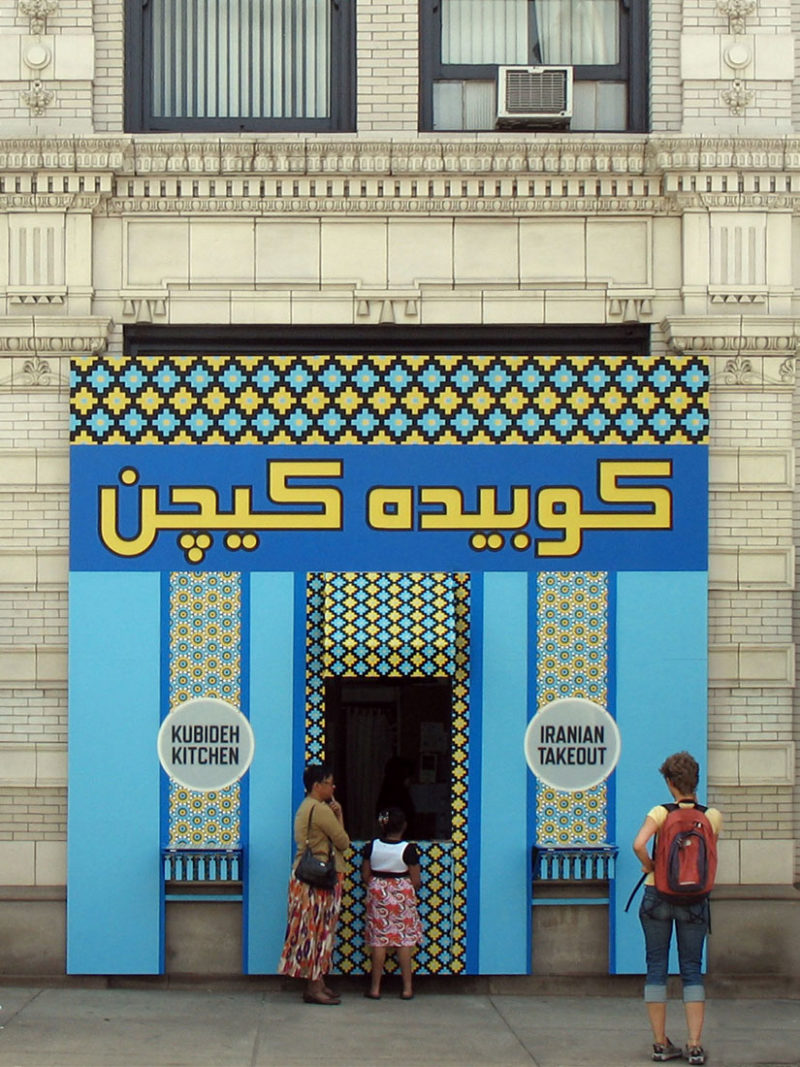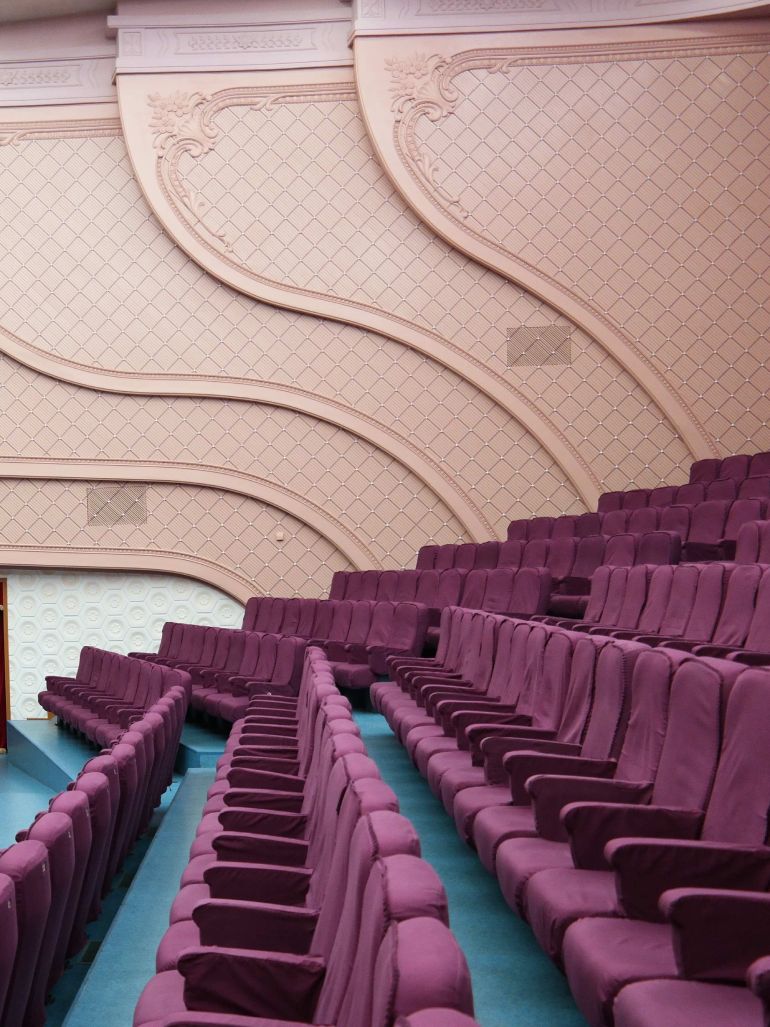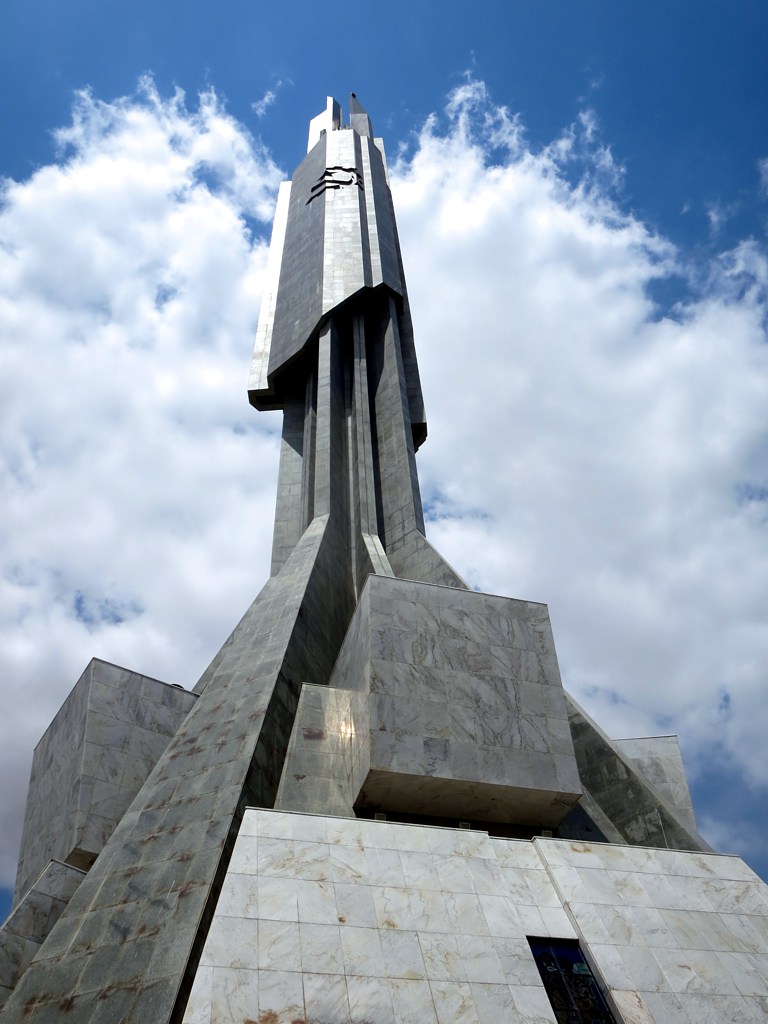
North Korea’s art export
Artwork from the Democratic People’s Republic of Korea 1 has always been a trademark for modern socialist realism 2. Although North Korea 3 is well known for being the most secretive nation in the world 4, the largely unknown nation is certainly not shy when it comes to publicizing their statues 5, monuments, grand festivals, and celebrations.
In particular, a North Korean-based construction company known as the Mansudae Overseas Project 6 has been designing fine art for decades, helping art to become one of North Korea’s most important and most successful exports. While many other North Korean barriers remain up, fine art from the country has managed to make its way to foreign countries located as far away as Africa.
The art studio utilizes a Soviet-era art 7 style characterized by socialist realism and propagandistic themes to create works that promote the North Korean regime’s ideology and glorify its leaders. When they work for clients in African countries, they often adapt their artistic style to suit the preferences and themes requested by those clients.
While their core style may be rooted in Soviet-era socialist realism and propaganda, they often create art that aligns with the specific cultural, political, or commemorative needs of their African clients. They frequently depict local heroes, leaders, or historical events relevant to that nation’s history and identity.
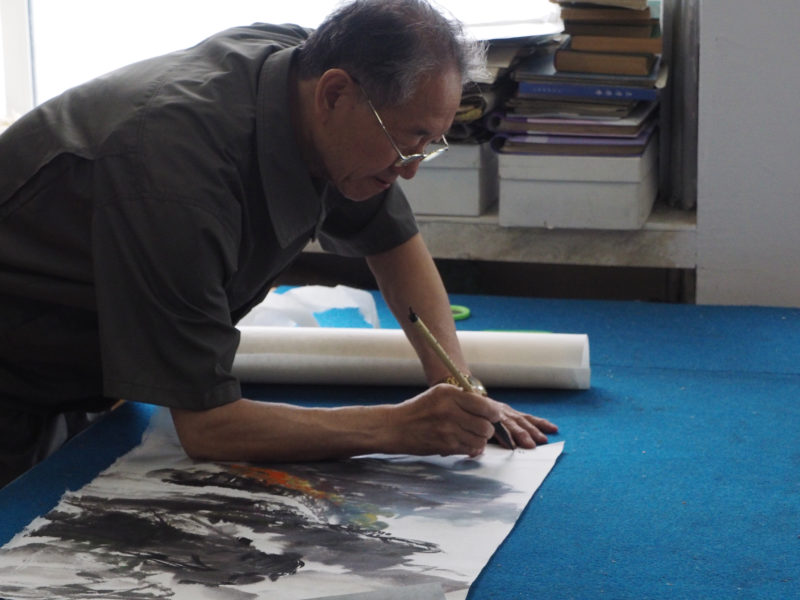
Through Mansudae Overseas projects, North Korea’s government has constructed statues and buildings in 17 countries, including Angola, Benin, Botswana 8, Cambodia, Democratic Republic of Congo, Ethiopia 9, Germany, Mozambique, Namibia, Senegal, Togo and Zimbabwe. In this article, we will look at each of their sculptures and learn about the stories behind them.
About Mansudae Overseas Project
Established in 1959, the Pyongyang 10 based art studio has a total of 4,000 workers, 1,000 of whom are highly skilled artists. The Mansudae Overseas Project (MOP) has handled so much work over the years that it is currently classified as one of the world’s largest and most successful art production studios.
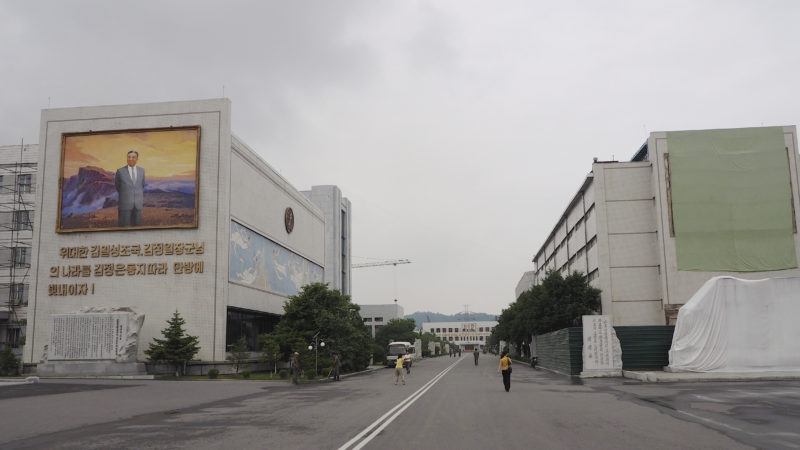
The studio used to operate under the guidance of then-leader Kim Jong-Il 11 who was known to have a deep and keen interest in art and theater performance.
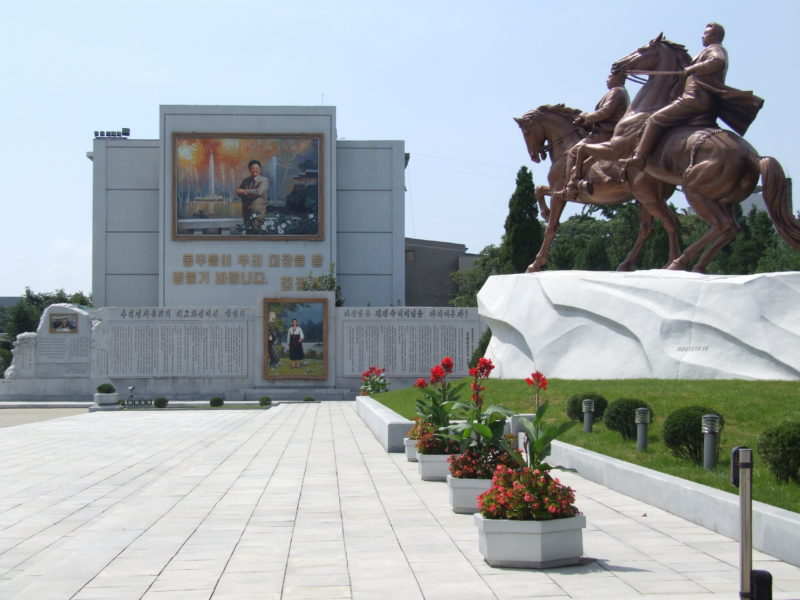
Different departments inside the studio
The Mansudae Overseas Project features many departments, making it the most prominent and well-known studio in North Korea. Some of the departments include woodcutting, ceramics, painting, and of course, sculptures. Although the studio has helped to create monuments such as the Monument to the Founding of the Korean Workers Party 1213 all over the country, it is the international commissions that the studio is most well known for.
International exports since the mid-1970s
North Korea is not known to have a meaningful bilateral relationship, which is why its “biggest” export, the gigantic statues, continues to baffle many people even today. Art has been one of the most successful exports from the much-maligned state, especially to Africa and other developing countries.
Since the mid-1970s, the international chapter of The Mansudae studio has been offering cheap labor to create outstanding and massive monuments such as the African Renaissance Monument in Senegal and the Heroes’ Acre war monument in Namibia.
The Mansudae Overseas Project has managed to attract a steady list of international clients. However, Germany is the only country in Europe that has ever commissioned the studio to create a monument (Frankfurt’s Fairy Tale Fountain).
More statues despite sanctions & Secret bank accounts
Despite the many sanctions leveled against North Korea’s Mansudae Overseas Projects, most of their statues are still showing up in various countries in Africa.
An unpublished U.N. Panel of Experts reports that currently ongoing statue projects in different African Countries were likely connected to the sanctioned MOP in 2020. According to a U.N member state report, North Korea, through the MOP, “planned to sell a bronze statue of former President Ahmed Sekou Toure to Guinea” at the cost of $50,000 and was aimed to decorate a complex in Guinea, with a delivery date of 2020.
Many statues were also erected rapidly pre-sanctions in DRC, especially between 2011 and 2012. According to the report 1516, North Korean workers are still in Namibia, rrecting the headquarters building of the Ministry of Defense of Namibia.
However, the government allowed the workers to finish the project because they had already contracted the company before the sanctions.
Besides the sanctions placed on MOP, the clandestine nature of the North Korean government also plays a significant role in tracking their work abroad. A source reported 1718:
The money earned from these construction projects is managed by the No. 39 Department. Some of these dollars are used for domestic governance, while the rest go to secret accounts in Switzerland or Macau to become Kim Jong Il’s secret funds.
Videos: Interviews with artists in Mansudae Art Studio
2 min 39 sec
Monuments, museums & sculptures – An incomplete list
Monuments, museums & sculptures – An incomplete list
While we provide the most extensive list online by far, this article does and can not cover all of Mansudae’s constructions in Africa and beyond. Many North Koreans stationed abroad have been taking on work on the side to supplement their often small salaries. You would be surprised to see pharmacies operated in shacks in small African towns by North Koreans during their after-work hours.
According to reports, North Korean artisans have built numerous sculptures and statues in Africa in their spare time. Besides that, just in Angola 19 alone, MOP has undertaken more than 56 construction projects until February 2015.
Among the constructions not covered in this article are Lesotho’s National Stadium, the Cabinda Park (Angola), a basketball stadium, and an athlete academic center in the Congo. In Equatorial Guinea, they built a holiday home spot for the president, the Luba stadium and conference hall, and a government office building until the local government repatriated North Korean workers and cut agricultural ties in 2018.
Overview
Country
City
Title
Year
Angola
Luanda
Memorial Dr. Antonio Agostinho Neto
Mozambique
Maputo
Statue of Samora Machel
Ethiopia
Addis Ababa
Tiglachin Monument
Angola
Luena
Peace Monument
Benin
Abomey
Statue of King Béhanzin
Botswana
Gaborone
Three Dikgosi Monument
Cambodia
Siem Reap
Angkor Panorama Museum
Democratic Republic of Congo
Kinshasa
Laurent Desire Kabila
Egypt
Cairo
October War Panorama
Germany
Frankfurt
Märchenbrunnen
Namibia
Windhoek
Heroes' Acre
Namibia
Windhoek
Independence Memorial Museum
Namibia
Okahandja
Okahandja Military Museum
Namibia
Windhoek
The new State House of Namibia
Senegal
Dakar
African Renaissance Monument
Syria
Damascus
October War Panorama
Togo
Sarakawa crash (site)
Zimbabwe
Bulawayo
Joshua Nkomo statue
Zimbabwe
Harare
National Heroes' Acre
Democratic Republic of the Congo
Kinshasa
Joseph Kasavubu
Mali
Bamako
General Abdoulaye Soumaré
Angola
Cacuaco
Kifangondo Battle Monument
Democratic Republic of Congo
Kinshasa
| Country | City | Title | Year |
|---|---|---|---|
| Angola | Luanda | Memorial Dr. Antonio Agostinho Neto | |
| Mozambique | Maputo | Statue of Samora Machel | |
| Ethiopia | Addis Ababa | Tiglachin Monument | |
| Angola | Luena | Peace Monument | |
| Benin | Abomey | Statue of King Béhanzin | |
| Botswana | Gaborone | Three Dikgosi Monument | |
| Cambodia | Siem Reap | Angkor Panorama Museum | |
| Democratic Republic of Congo | Kinshasa | Laurent Desire Kabila | |
| Egypt | Cairo | October War Panorama | |
| Germany | Frankfurt | Märchenbrunnen | |
| Namibia | Windhoek | Heroes' Acre | |
| Namibia | Windhoek | Independence Memorial Museum | |
| Namibia | Okahandja | Okahandja Military Museum | |
| Namibia | Windhoek | The new State House of Namibia | |
| Senegal | Dakar | African Renaissance Monument | |
| Syria | Damascus | October War Panorama | |
| Togo | Sarakawa crash (site) | ||
| Zimbabwe | Bulawayo | Joshua Nkomo statue | |
| Zimbabwe | Harare | National Heroes' Acre | |
| Democratic Republic of the Congo | Kinshasa | Joseph Kasavubu | |
| Mali | Bamako | General Abdoulaye Soumaré | |
| Angola | Cacuaco | Kifangondo Battle Monument | |
| Democratic Republic of Congo | Kinshasa |
Angola, Luanda: MAAN (Memorial Dr. Antonio Agostinho Neto), 2012
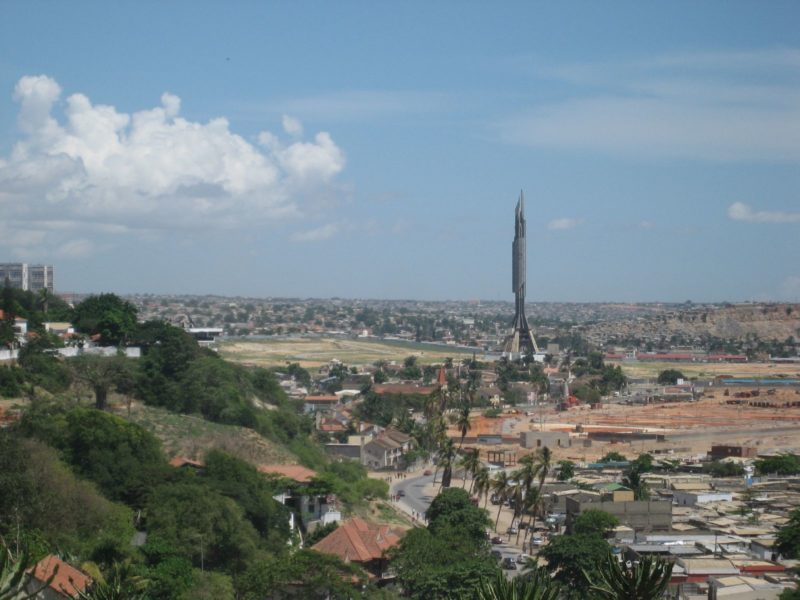
This monolith sculpture was constructed in 2012 as a commemoration of Angolan first post-independent president, Agostinho Neto. Dominating the Luanda 20 skyline, MAAN is the final resting place of Dr. Neto. It is located right at the center of a cultural museum named after him, the Agostinho Neto Cultural Center.

Agostinho Neto played a crucial role in Angola’s fight for independence from the Portuguese between 1961 and 1974 and later became the country’s first president in 1975 until his passing in 1979. The tower was inspired by famous Neto’s poem The Path of Stars.
During his presidency, Neto forged strong relationships with the Soviet Union, something that Mansudae Overseas Projects was eager to remind the world through the powerful Soviet modernist design of MAAN. However, for non-historians, it may seem odd for North Korea to get involved in what is evidently an essential cultural monolithic in the history of Angola. Still, a short trip down memory lane and everything makes sense.

Drubbing Angola’s Civil War, which started when Neto was still in office and ended in 2002, North Korea sent his military 21 personnel to help out the Neto’s incumbent MPLA party and help from the Soviet Union and Cuba, all socialist nations. MAAN cost approximately $40 million, and North Korea funded a huge chunk of it.

Angola, Luena: Peace Monument, 2012
In April 2012, the then Angola President Jose Eduardo dos Santos unveiled this peace monument in Luena, a city in the eastern province of Moxico, close to the site where Unita rebel leader Jonas Savimbi died in a battle in February 2002.
His death led to the signing of the peace deal in April 2002 in Luanda, thus bringing to an end the 27-year civil war that began soon after Angola attained independence in 1975 from Portugal.
The huge statue is installed in Lenin Park. It comprises two huge dark hands in releasing a white dove to the sky, a historical symbol of sacrifices of the Angolan people, who had to endure decades of harsh and extreme governance under armed militias.
Besides the Peace Monument, MOP also built The President Agostinho Neto Cultural Center in Luanda, the country’s capital.
Despite having a great relationship with the MOP, Angola’s government in 2016 terminated all contracts with the company. The move is believed to result from North Korea’s conducting two test launches of an International Ballistic Missile (ICBM), which created tensions worldwide.
[su_button url=”https://i.pinimg.com/originals/4b/6d/87/4b6d87f8ac49322453994cde741a9c69.jpg” target=”_blank” style=”flat” background=”#fff” color=”#000″ size=”10″ wide=”no” center=”yes” radius=”auto” icon=”” icon_color=”#FFFFFF” text_shadow=”none” desc=”” download=”” onclick=”” rel=”” title=”” id=”” class=””]Image[/su_button]
Benin, Abomey: Statue of King Béhanzin, 2006
Once upon a time, between the 16th and 20th centuries, there was a considerably powerful empire in West Africa known as the Dahomey Kingdom, with its capital, Abomey City. The kingdom enjoyed several centuries of prosperity until the French showed up. The nation was under King Behanzin when it was conquered in the early 1900s.

In the late 1800s, the French approached King Behanzin with an enticing offer in exchange for the kingdom. However, the king didn’t consider it a rational one, and the French were aware of that. This led to a two-year war between the Dahomey Kingdom and the French.

Despite the kingdom having a massive number of warrior fighters (15,000 males and 4,000 females), the French’s lethal weapons were just too much, and eventually, the kingdom was subdued. As a result, Dahomey became one of the last traditional Kingdoms to be defeated by the colonialists.

To honor the kingdom and its last king, Mansudae built the statue of Behanzin in the city of Abomey (former capital of the kingdom) in Benin 22, with his hand raised in the act of defiance of the imperial rule.

Botswana, Gaborone: Three Dikgosi Monument, 2005
Standing shy of 18 feet tall, the Three Dikgosi Monument comprises the statues of three tribal chiefs (dikgosi), namely Khama III of the Bangwato, Sebele I of the Bakwena and Bathoen I of the Bangwaketse. They led the fight for the independence of Botswana.
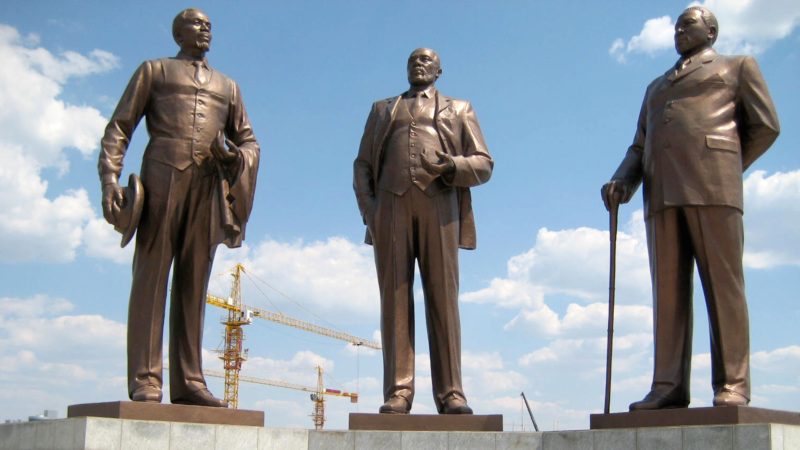
In 1895, the three chiefs traveled to Britain to beseech Queen Victoria, Joseph Chamberlain and Secretary of State for the Colonies to isolate the Bechuanaland Protectorate from Southern Rhodesia (Zimbabwe) and British South Africa Company. The British government agreed to the proposal and the Batswana remained under its direct rule until it attained impendence in 1966.
The monument was inaugurated in 2005 by former president Festus Mogae. Despite being the most visited site in the capital, the monument still raised some questions. Critics questioned why the government had to give the contract for the project to Mansudae Overseas Projects. Some ethnic groups in Botswana felt the monument was just a proclamation of Tswana’s dominance over other ethnicities.
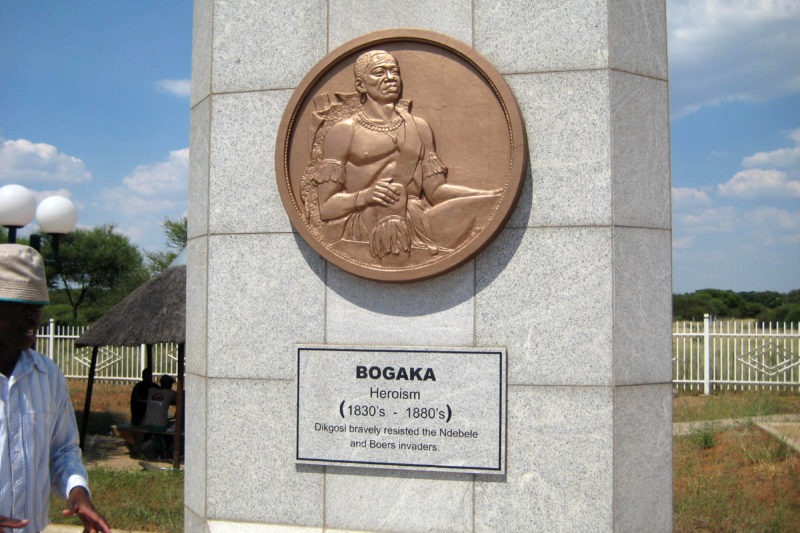
Cambodia: Angkor Panorama Museum, 2015
The Angkor Panorama Museum in Siem Reap 23, Cambodia, was inaugurated in 2015 after the North Korean government donated it. The museum is located adjacent to the iconic Angkor temples.
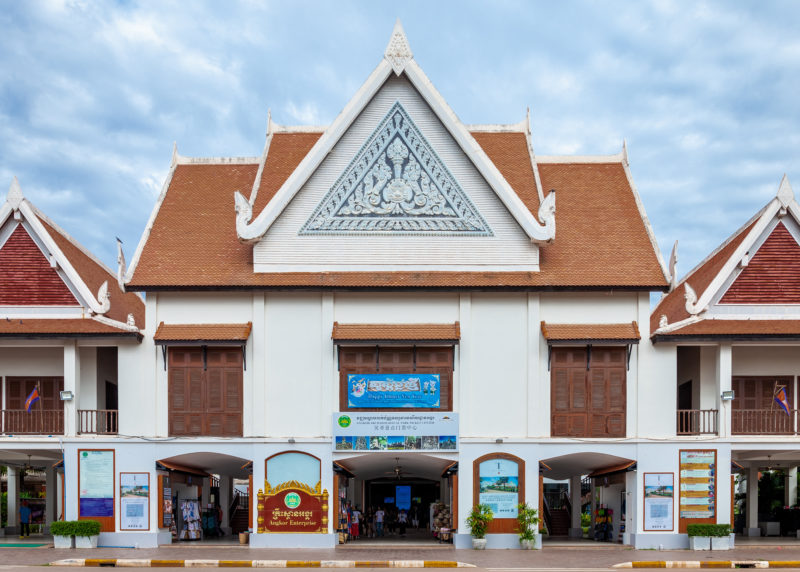
It is operated by APSARA (the Cambodian authority protecting the Angkor Archaeological Park), collaborating with the Mansuadae, contributing around half of the staff working at the museum.
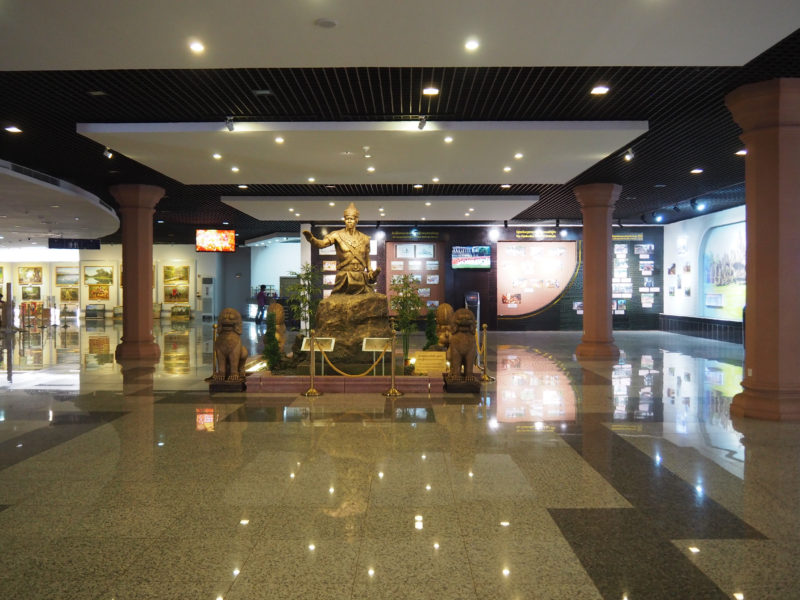
For the first time, Mansudae decided to commercialize its overseas project through ticket and art sales at the museum.
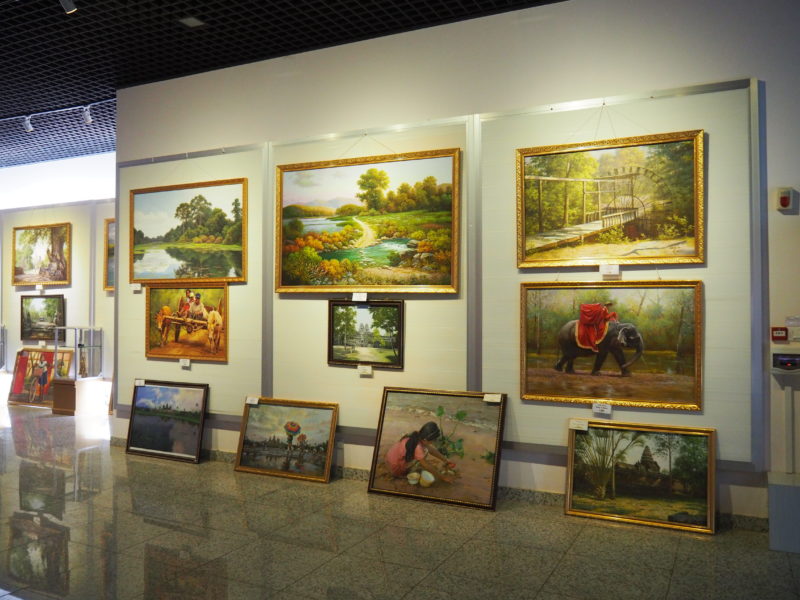
Though Mansudae has sizeable control of the Angkor Panorama Museum, plans are underway to hand over power to the Cambodian 24 government in sixteen years, unless profits stay low, necessitating time extension.
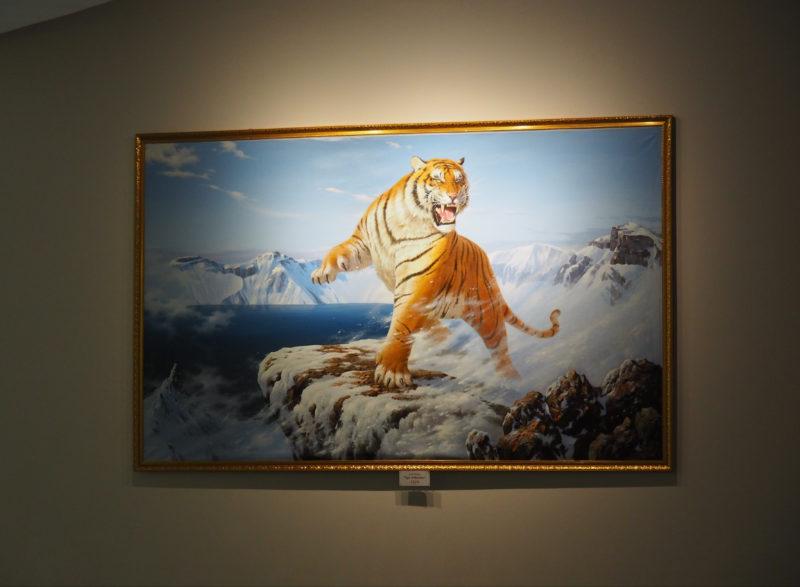
The museum’s highlight is the 390 feet long, 42 feet high 360 degrees mural created by Mansudae studio artists. The painting resonates with the Victorious Fatherland Liberation War Museum’s panoramic murals back in North Korea’s capital Pyongyang.
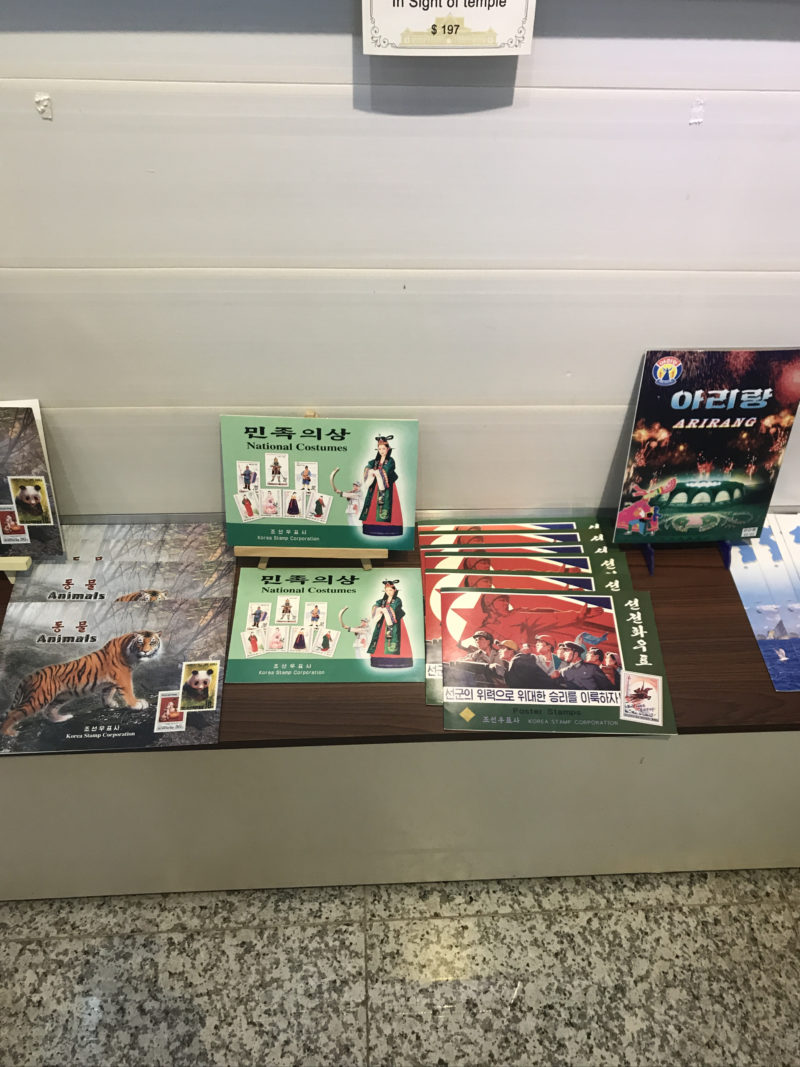
The museum took nearly three years to complete, costing $24 million.
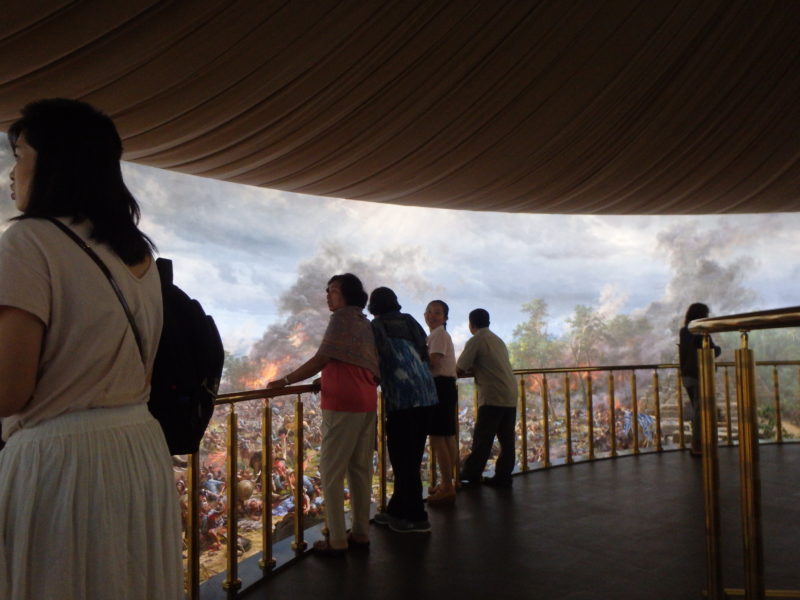
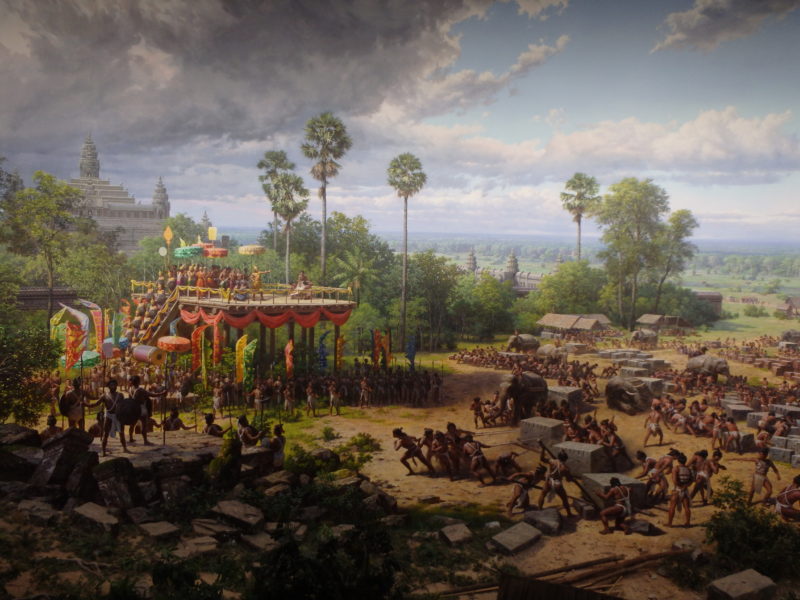
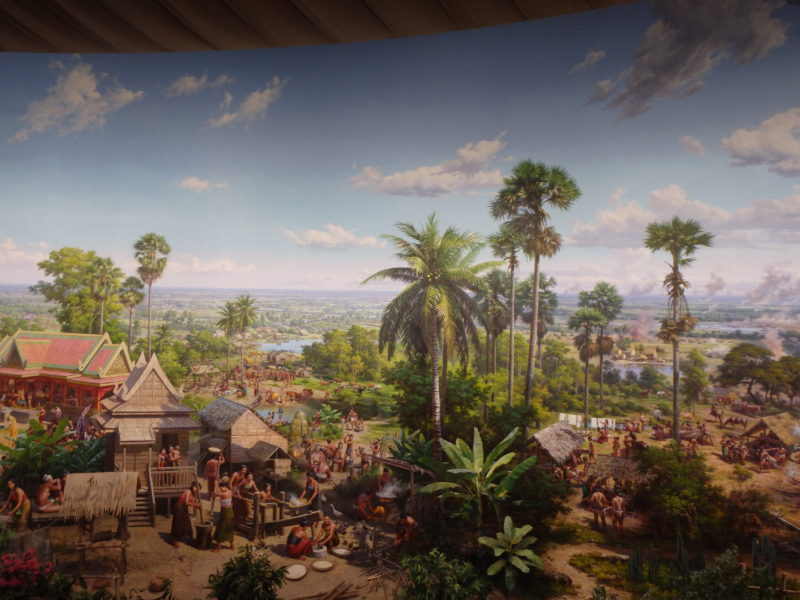
Democratic Republic of Congo: Laurent Desire Kabila
Towering in the middle busy roundabout in the DR Congo capital, Kinshasa, is this 25 feet tall statue of the stern-looking former dictator and president Laurent Desire Kabila.
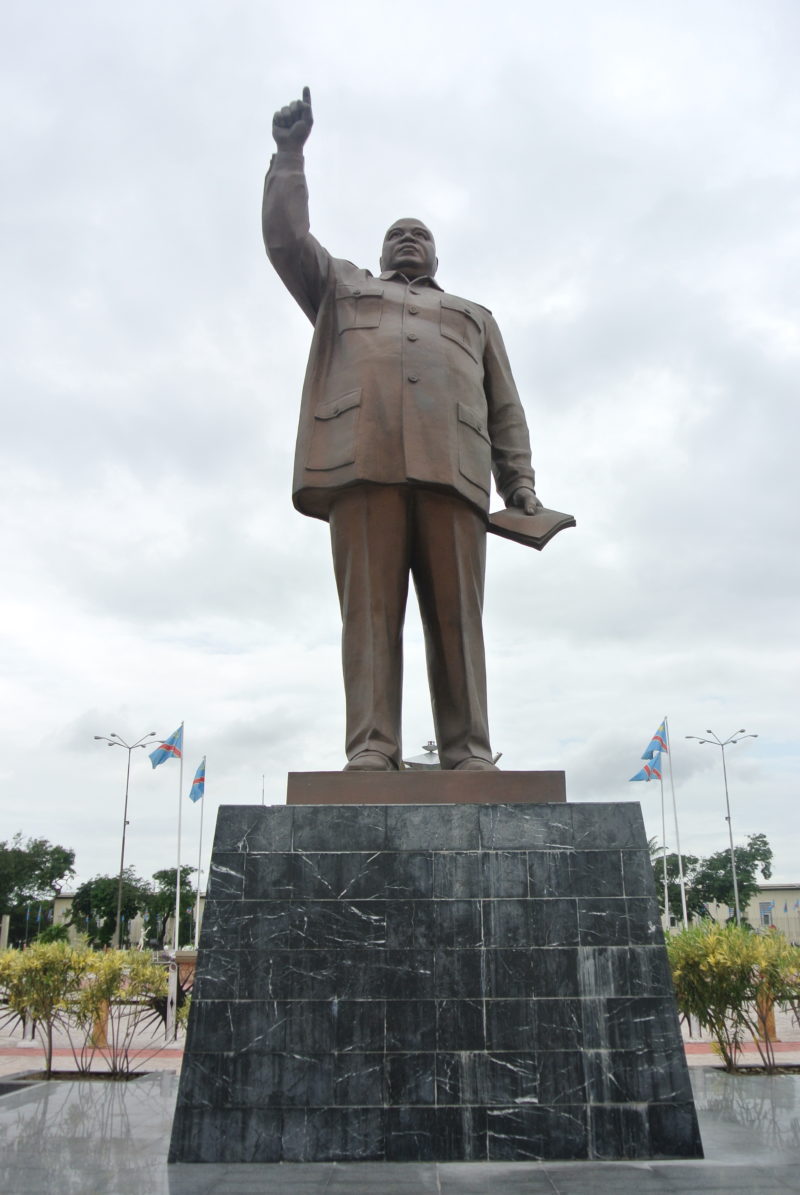
Dressed in frilled military pants and button-up, his finger raised, and a small book clutched in his left hand, the statue has an uncanny resemblance to the North Korean leader.
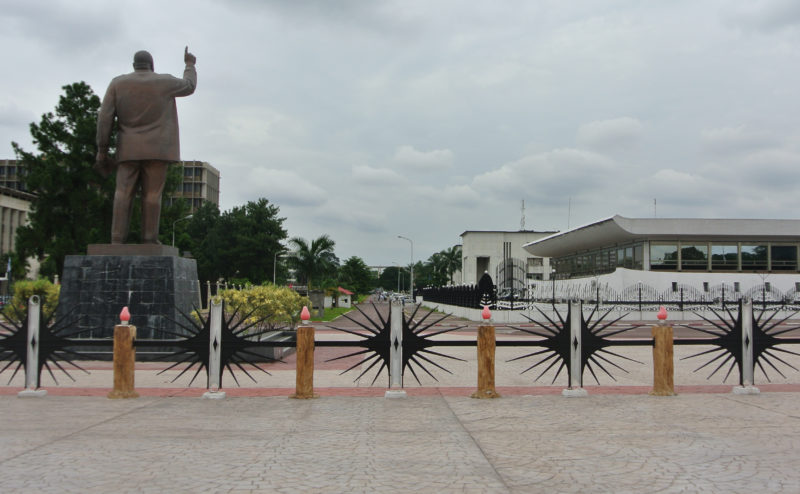
In fact, many locals believe the body of the statute is that of Kim Jong II 25. The only changes made were fusing a bald and sullen head of Laurent Kabila on top.
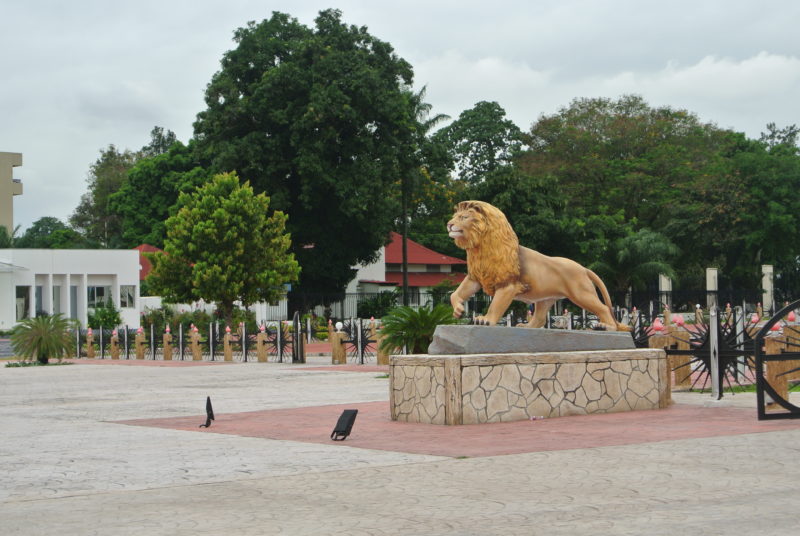
While these allegations are unfounded, more so because there are very few public statues of Kim Jong II, the widely lauded artists from the Mansudae studio are specifically trained to design and create state-approved images of Kim Jong II. Therefore, they have had difficulties producing realistic-looking African faces.
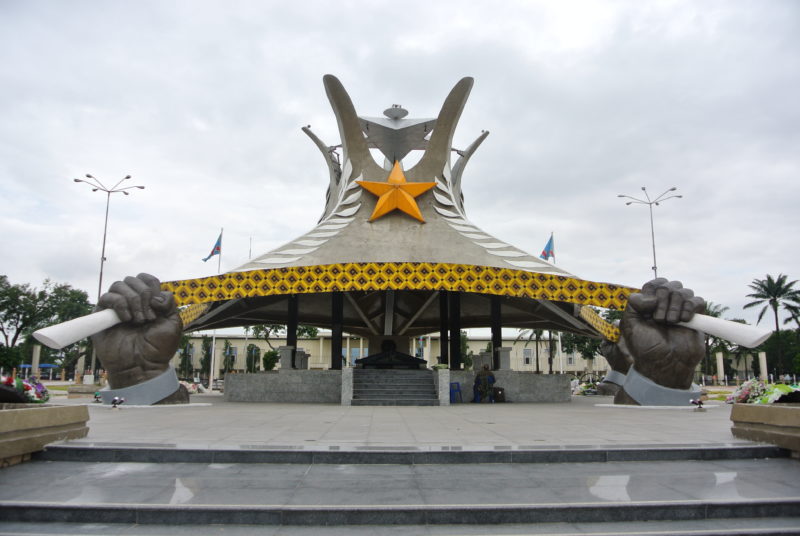
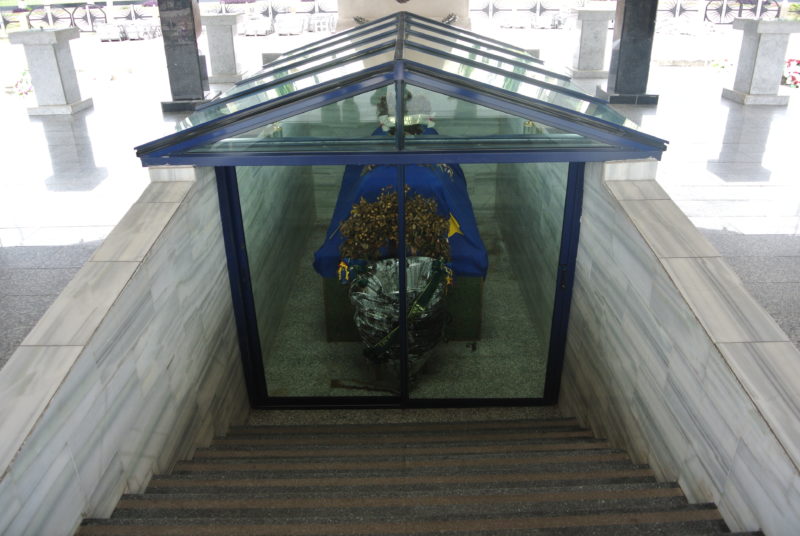
Democratic Republic of Congo: Patrice Lumumba Monument
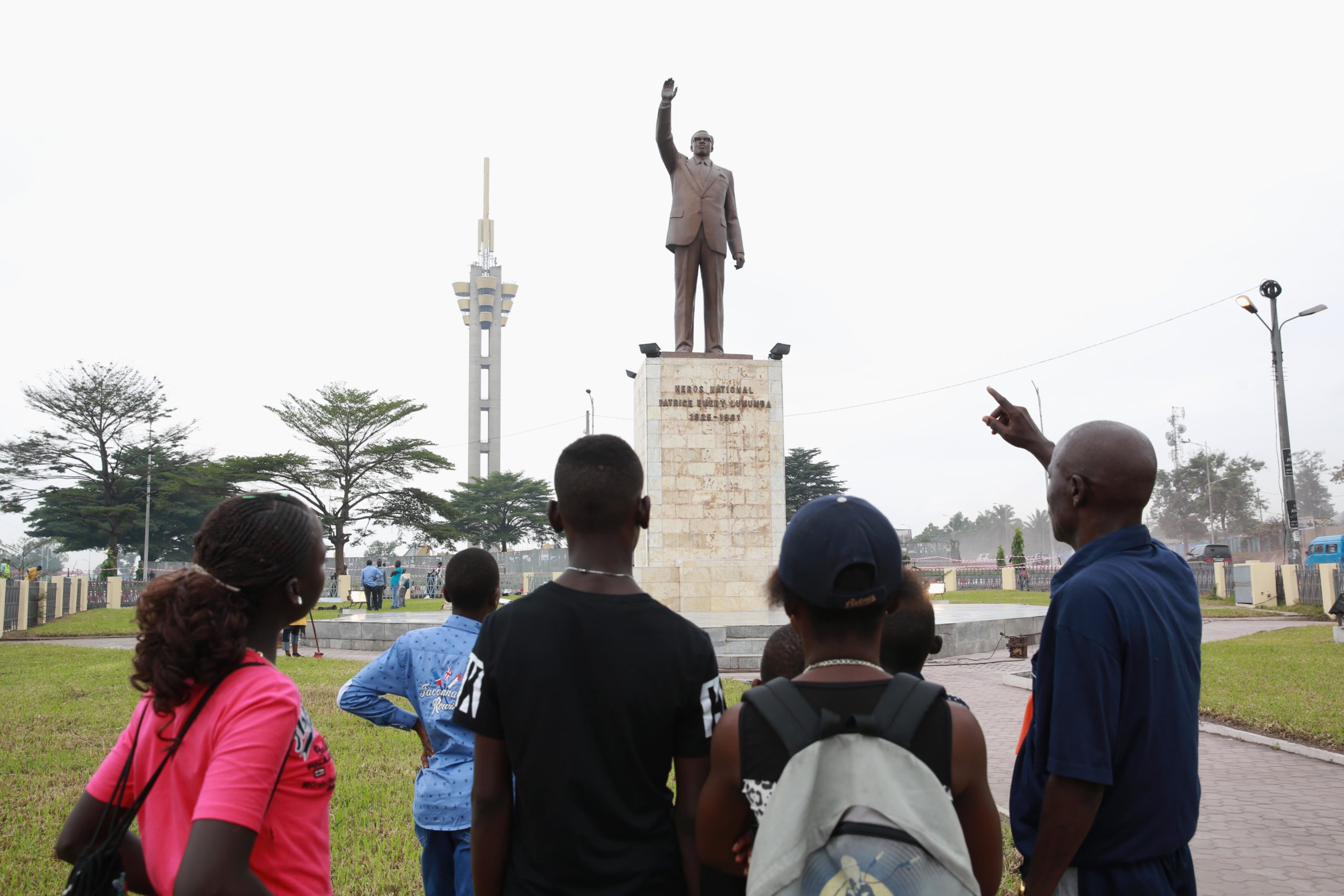
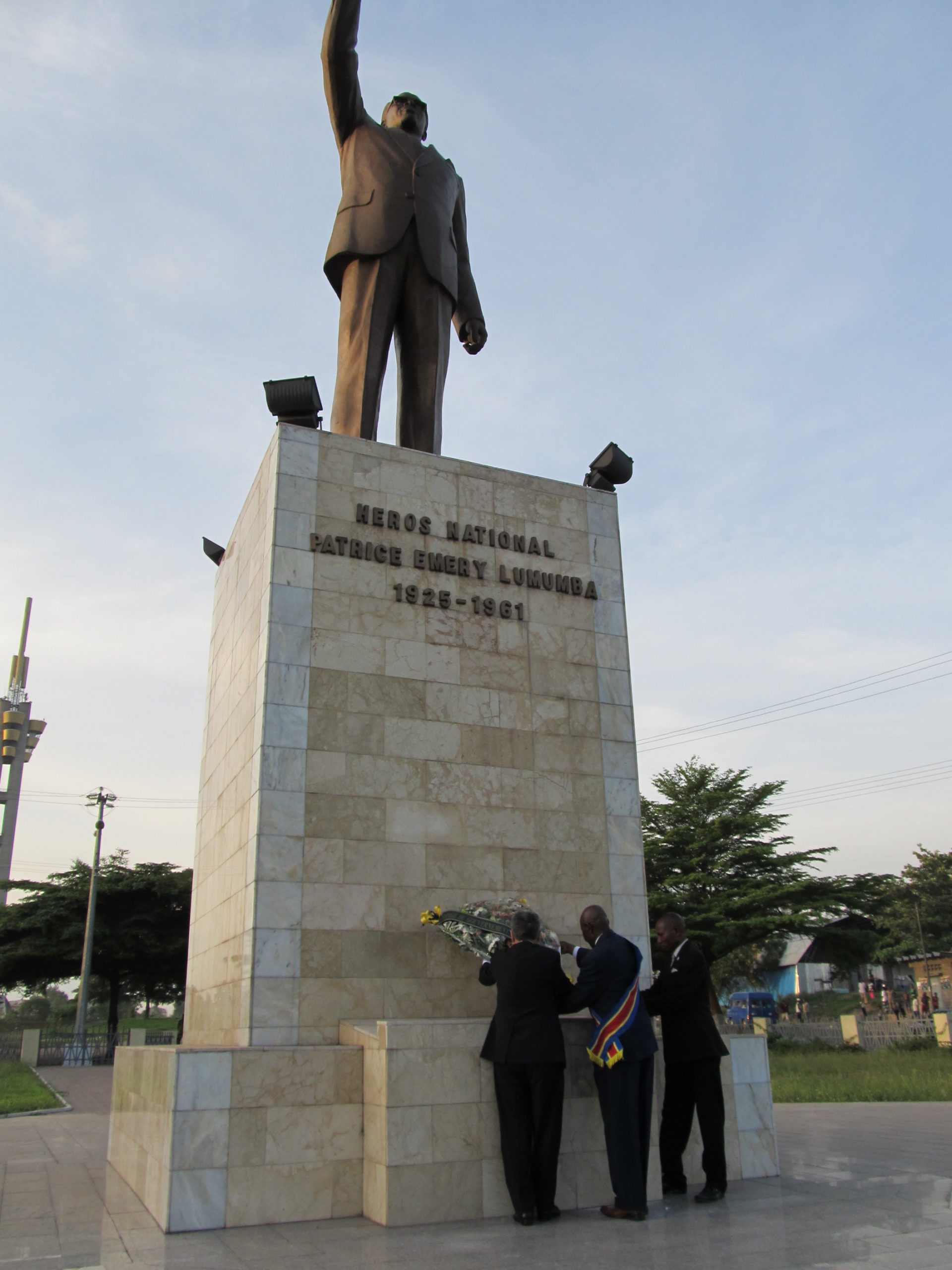
Egypt, Cairo: October War Panorama, 1989
Built in collaboration with the Mansudae Overseas Projects (MOP), the October War Panorama in Cairo 27, Egypt 28, is a memorial dedicated to the Egyptians 1973 ‘victory’ over Israel.
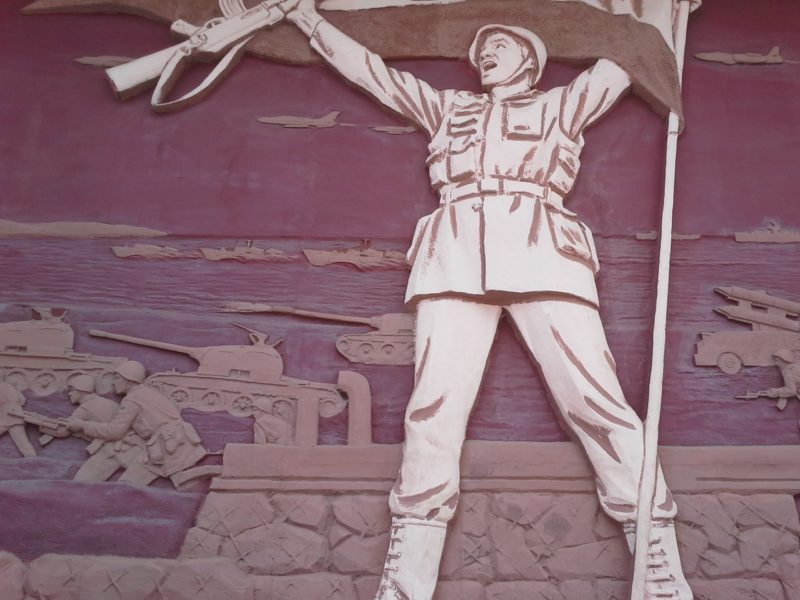
The monument includes a large three-dimensional mural and diorama depicting Egyptian forces approaching and breaching the Bar-Lev Line on the Suez Canal while featuring a commentary in Arabic recounting the heroic victories.
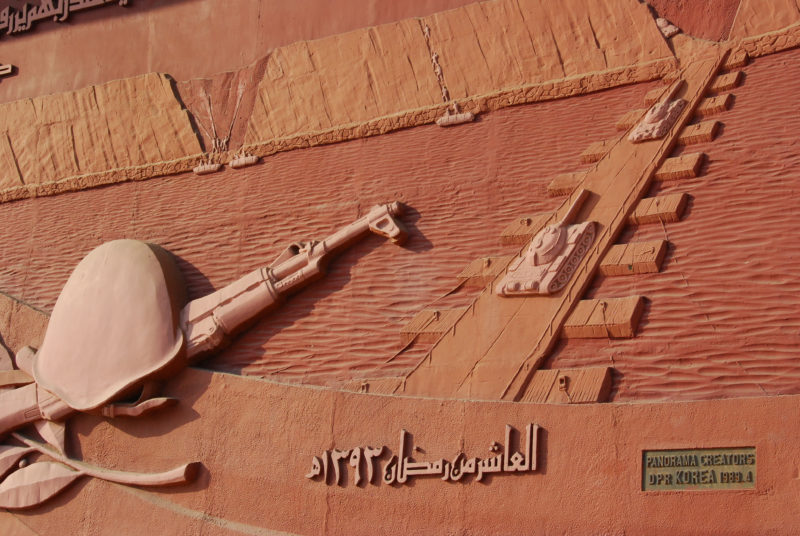
This monument was constructed over a space of 32,000 square meters and was unveiled on 5 October 1989 by then-president Hosni Mubarak. The memorial is run by the Egyptian National Military Museums Department.
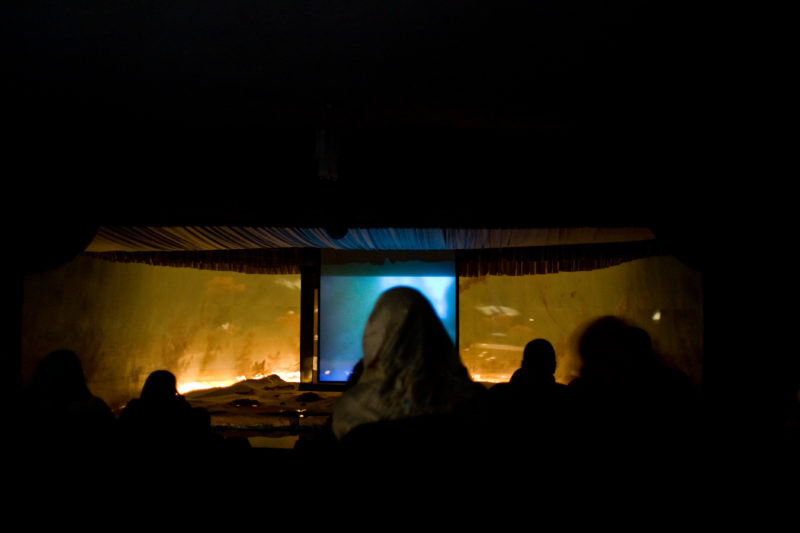
The October War Panorama is a museum and memorial built as a cylindrical fort-shaped building designed in Islamic architectural style. Visitors are allowed to enter the museum and interact with the mural.
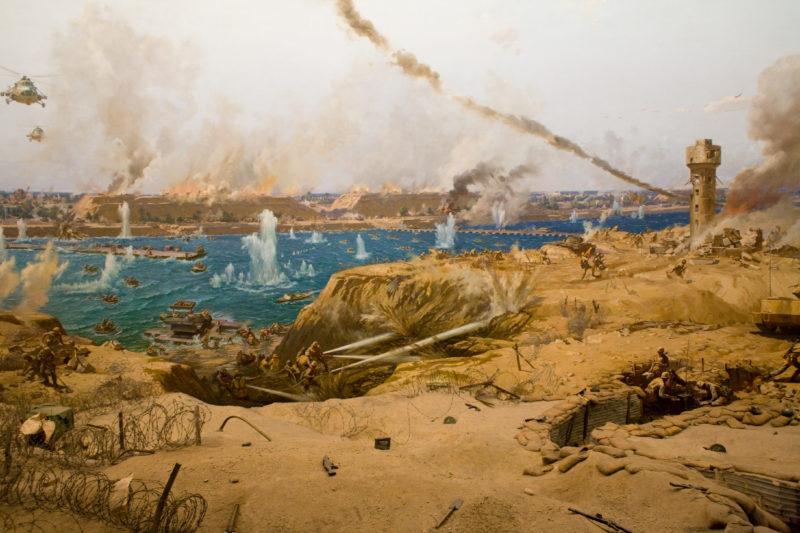
The first hall is where there is a 15-minute documentary on the war. The short film was created in the 1990s and is narrated in 11 languages.
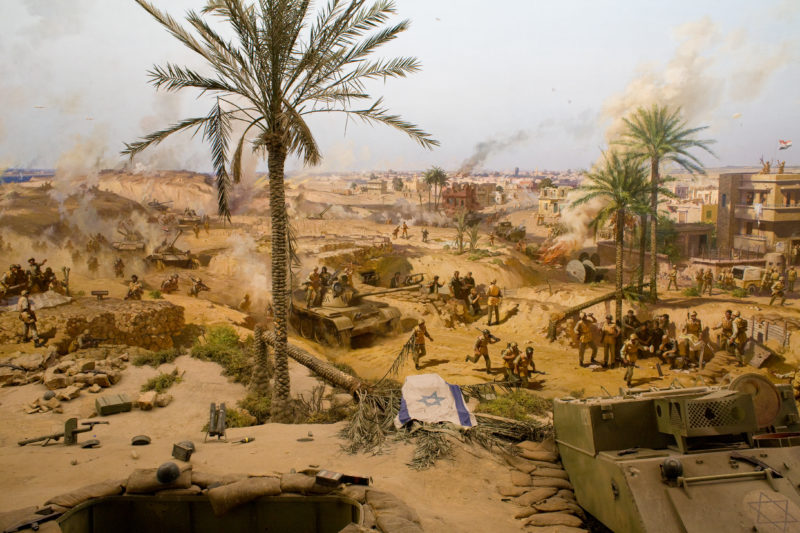
The second hall features a rotating platform that offers a 360-degree war film showing Egyptian soldiers attacking the Bar-Lev Line on the Suez Canal. The walls of the gallery also feature 3D figures.
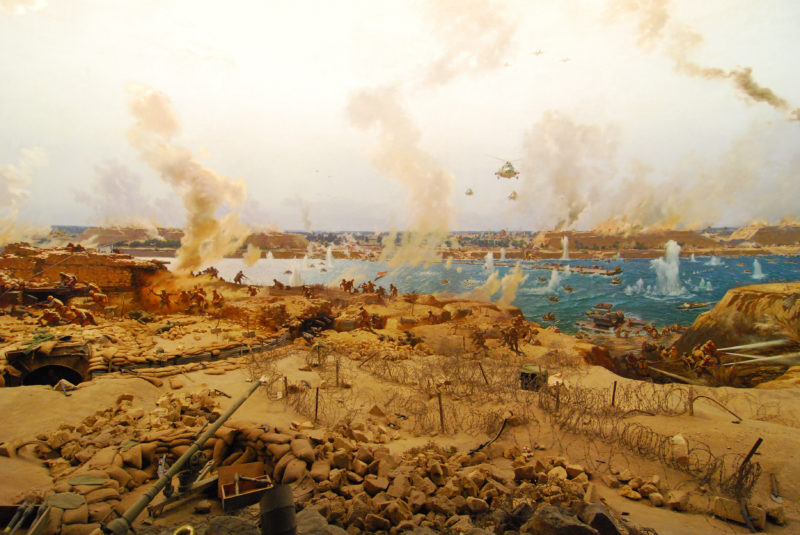
A large outdoor display area is located across from the panorama’s main building and is where military vehicles used during the war are displayed.
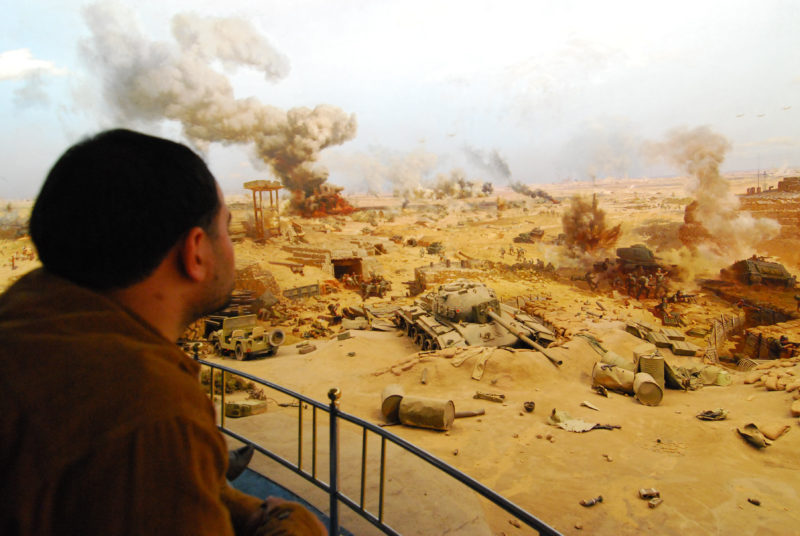
They include aircraft, tanks, and weaponry from both the Egyptian and Israeli military.
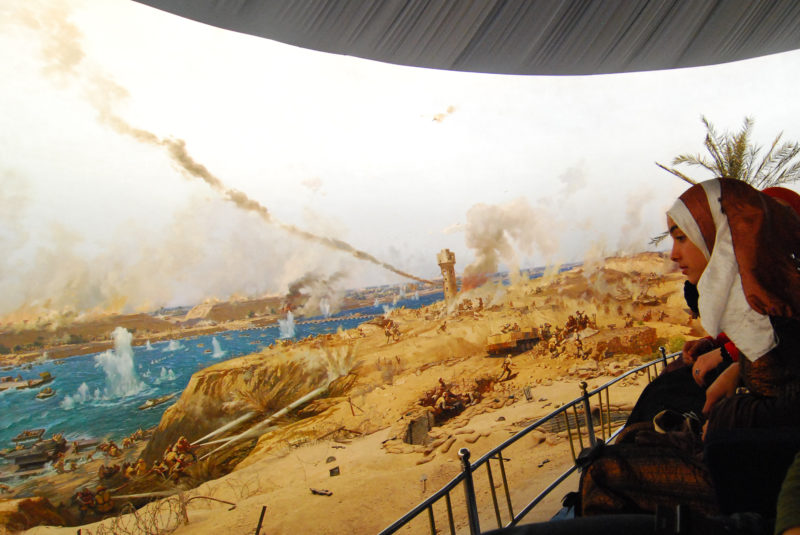
The panorama also contains a variety of weapons as well as dioramas, models, and relief, displaying how the war played out.
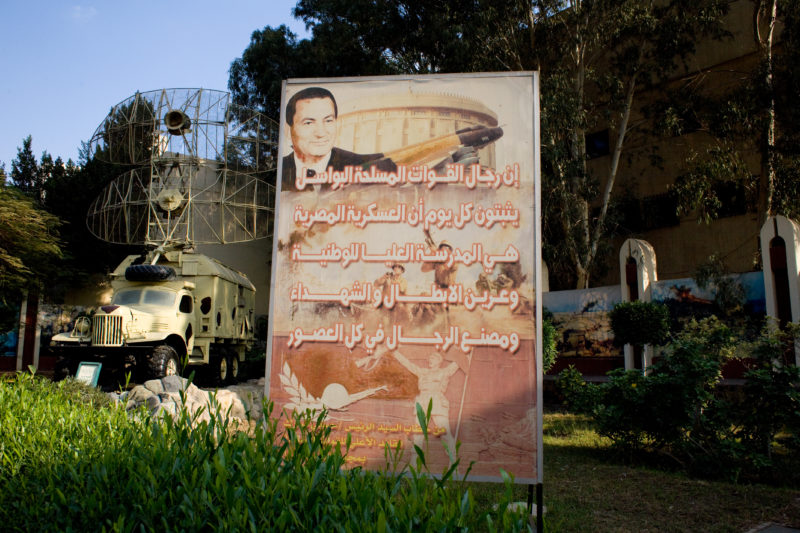
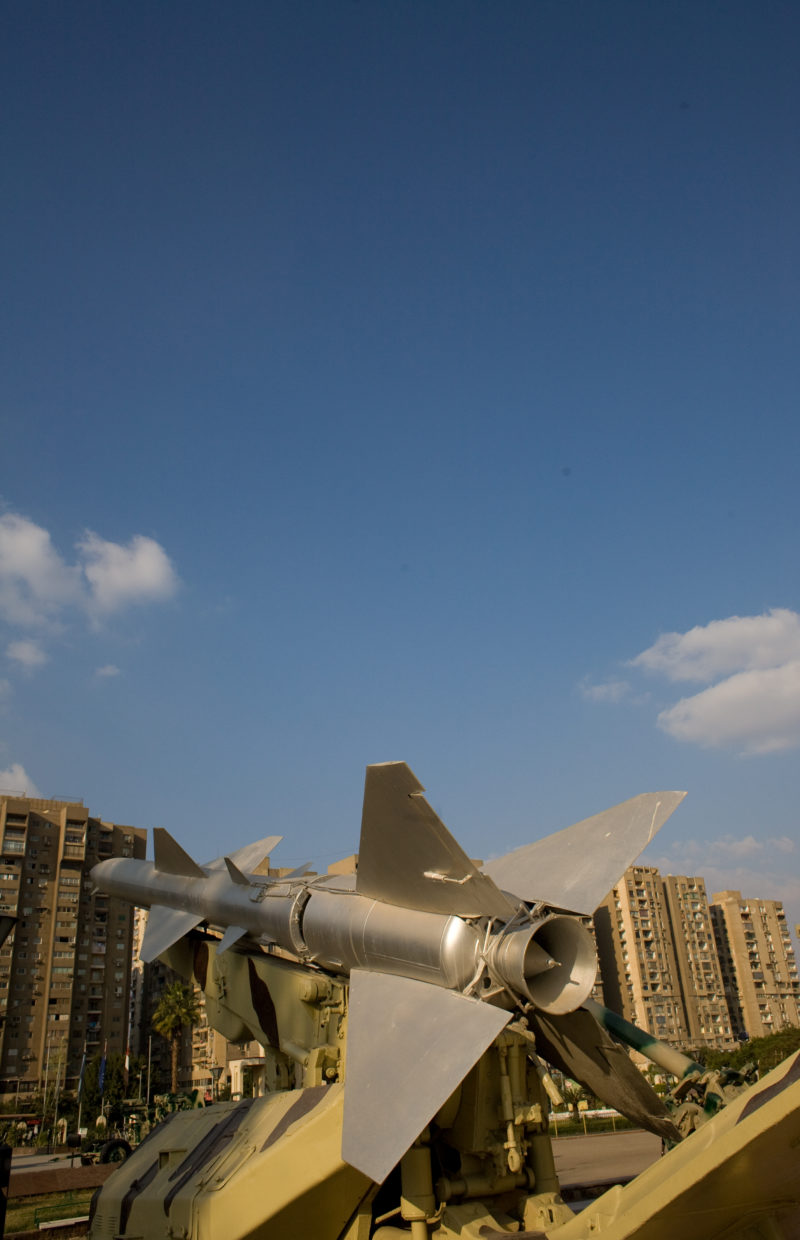
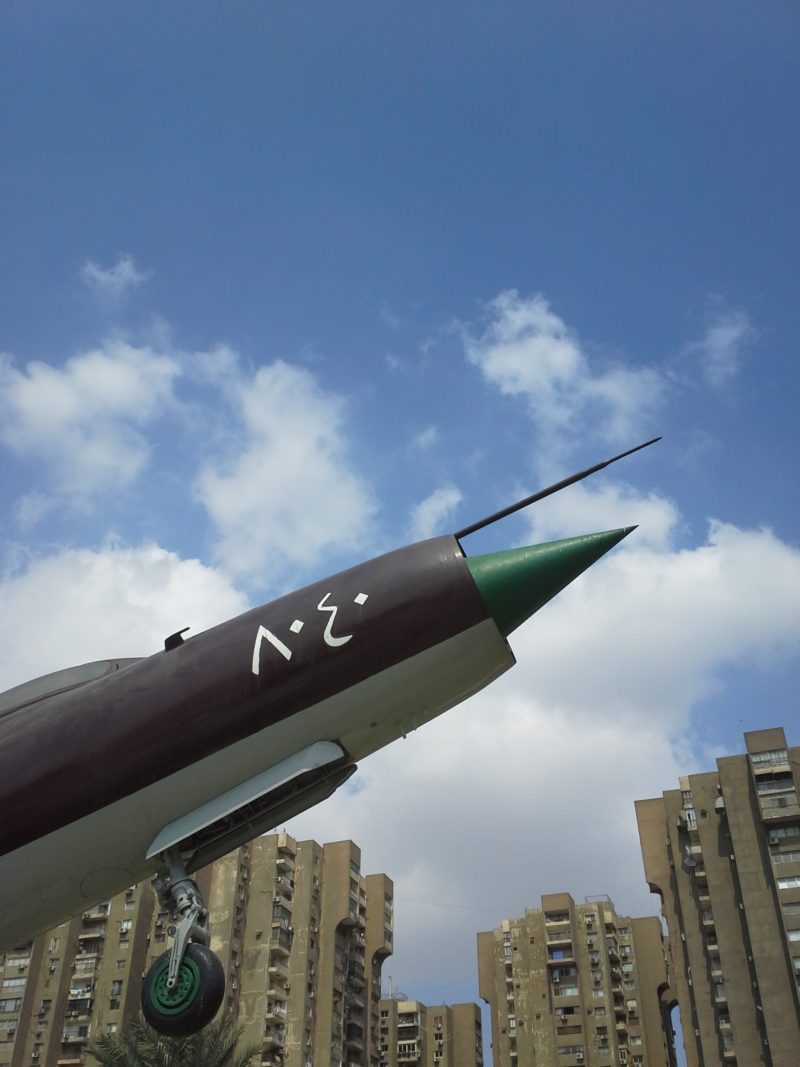
Ethiopia, Addis Ababa – Tiglachin Monument, 1984
Tiglachin means “our struggle” in Amharic. The monument was constructed to commemorate Cuban and Ethiopian soldiers who perished in the Ogaden War between 1977 and 1978 with Somalia.
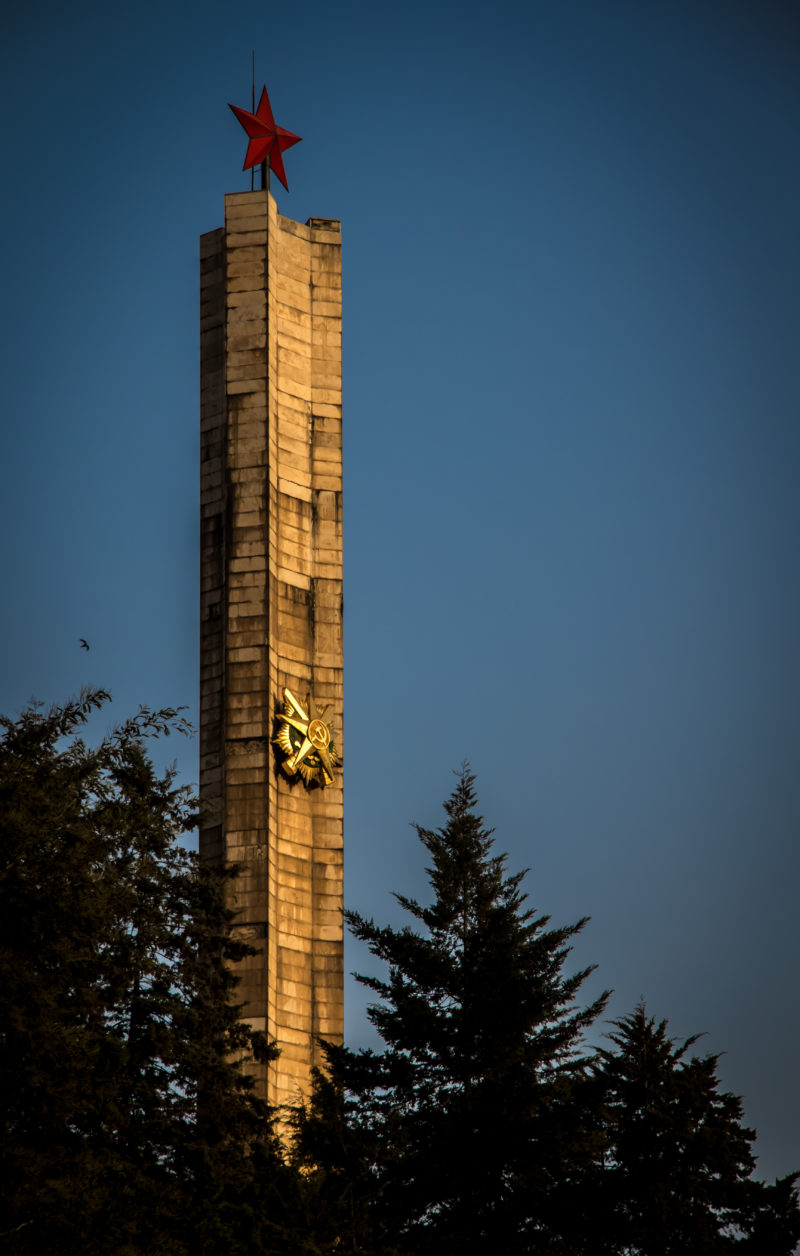
Standing 164 feet tall, Tiglachin is the second-highest Mansudae sculpture in the continent. Its design pays tribute to socialist Cuba and North Korea, which also contributed during the war.
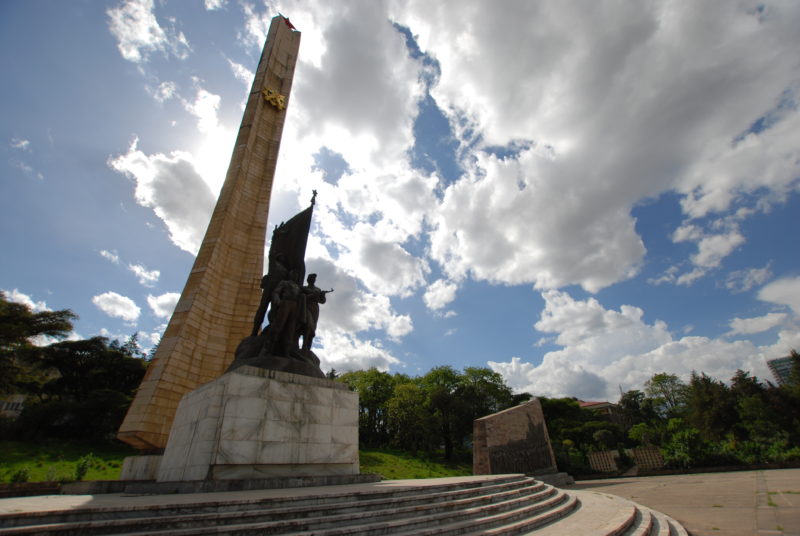
The monument was commissioned by Ethiopian leader Mengistu Haile Mariam and built on Churchill Avenue in the capital Addis Ababa 29.
![The Mansudae Overseas Project - Ethiopia - By Andrew Moore from Johannesburg, South Africa (Statue - Tiglachin Monument (1984)) [CC BY-SA 2.0], via Wikimedia Commons](https://publicdelivery.org/wp-content/uploads/2017/11/The-Mansudae-Overseas-Project-Ethiopia-By-Andrew-Moore-from-Johannesburg-South-Africa-Statue-Tiglachin-Monument-1984-CC-BY-SA-2.0-via-Wikimedia-Commons-800x1235.jpg)
Andrew Moore 128, CC BY-SA 2.0 129
North Korea donated this monument, which today serves to remind everyone of the Communist 30 rule under the Derg and Mengistu.
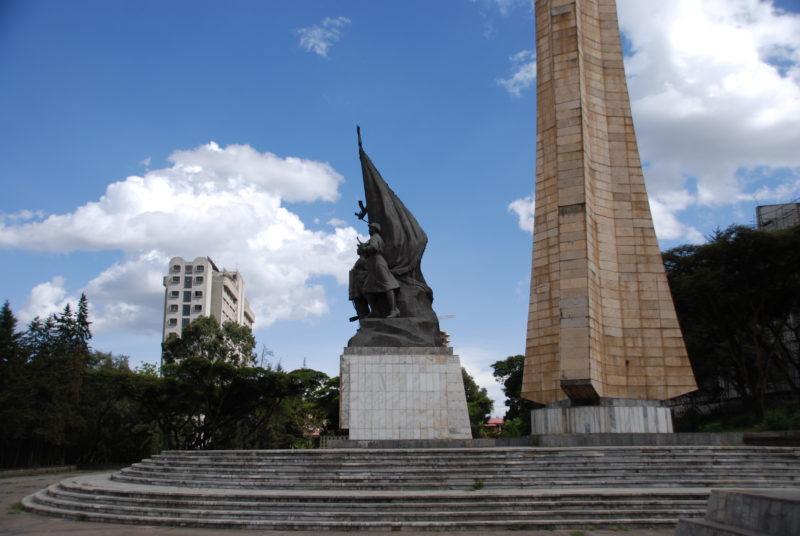
Tiglachin Monument, 1984 – Addis Ababa, Ethiopia, photo: CC BY-NC-ND 2.0 131 by Tim Mansel 132
The centerpiece of the monument is the tall column crowned by a red star. A massive model of a military medal is attached about two-thirds up the pillar, encompassing the requisite hammer-and-sickle crest.

Above a marble platform, surrounding the column at its base is a cluster of sculptures fringed by two flag-shaped bas-reliefs portraying a wide range of scenes, including meetings, peasant workers, military, and revolutionary meetings.
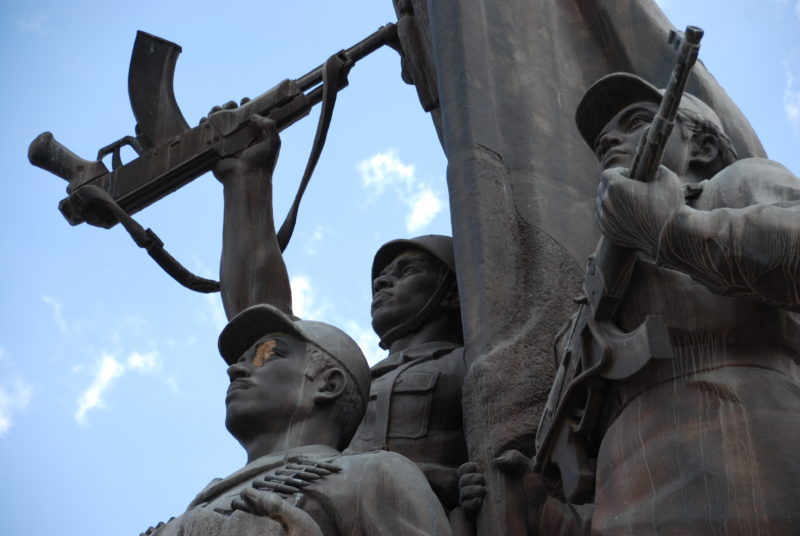
Lastly, there are two panels with images of Cuban soldiers that perished during the Ogaden War.
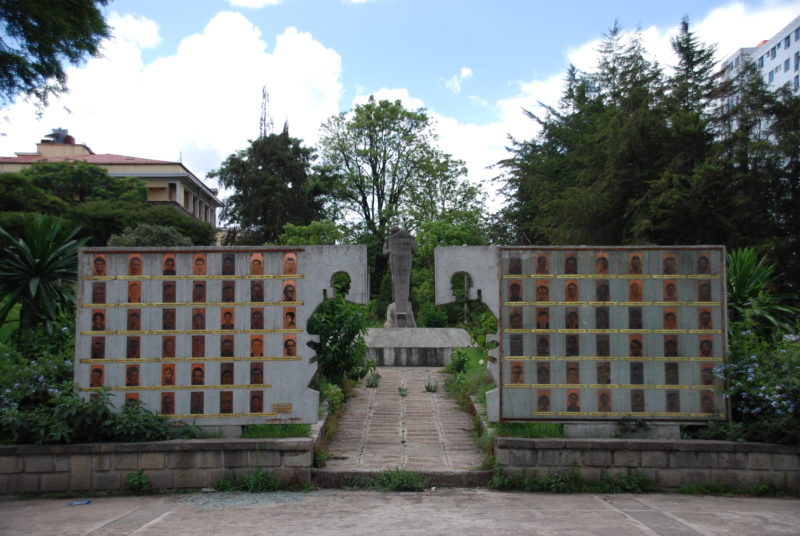
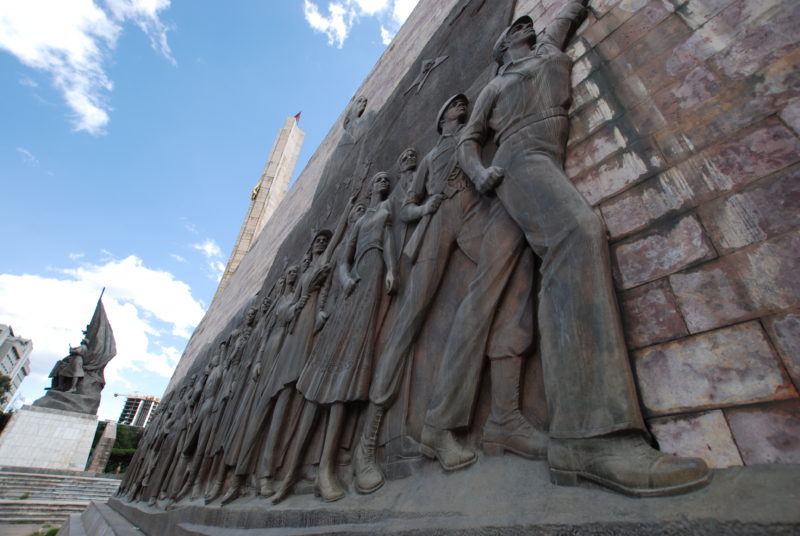
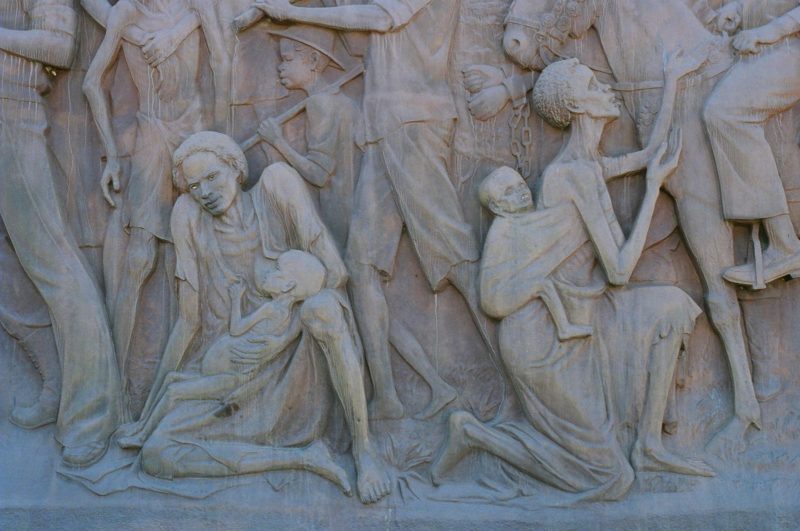
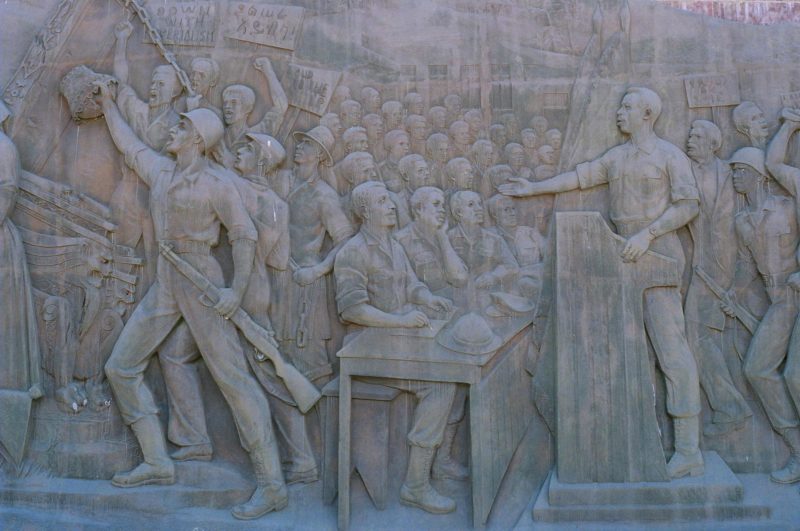
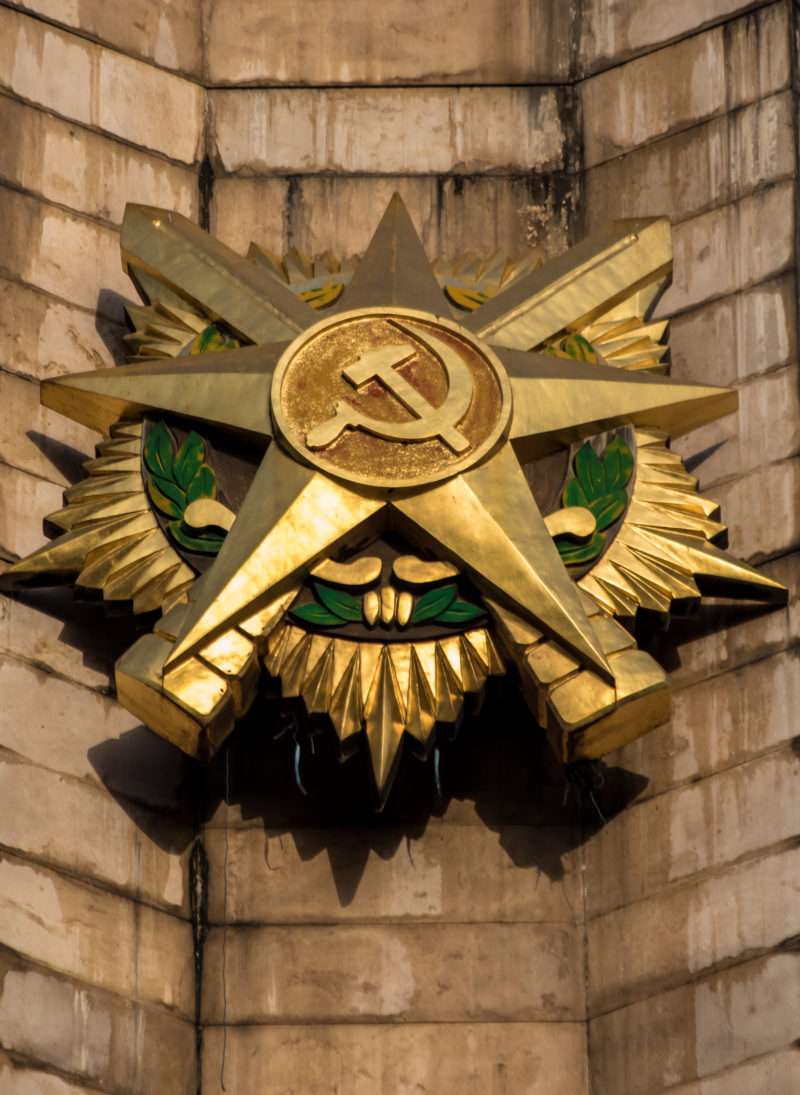
Germany, Frankfurt: Märchenbrunnen
Meaning “fountain of fairy tales”, the Märchenbrunnen in Frankfurt 31, Germany 32, is another sculpture by Mansudae. This one was installed in Germany. The statue was commissioned by the National Park and designed by renowned architect Ludwig Hoffmann.

Germany is the only Western democracy to have worked with Mansudae Overseas Projects, as most countries, including the United States, have sanctioned the company.

Though the Fairy Tale Fountain has been around for a long time, it was severely damaged during World War II, and Mansudae took part in its reconstruction.
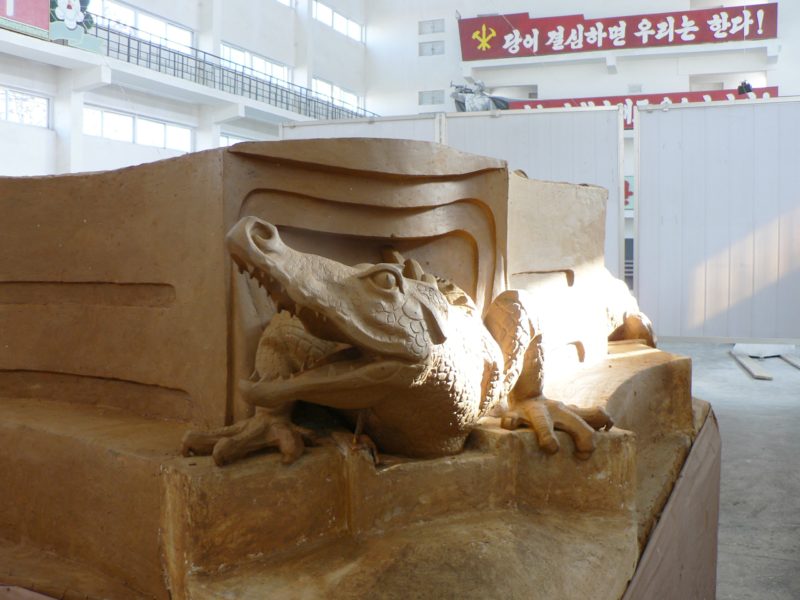
Mozambique, Maputo: Samora Machel statue, 2011
Another Mansudae statue that has received backlash for its resemblance, the Samora Machel Statue, is a tribute to Mozambique’s 33 former rebel-turned president.
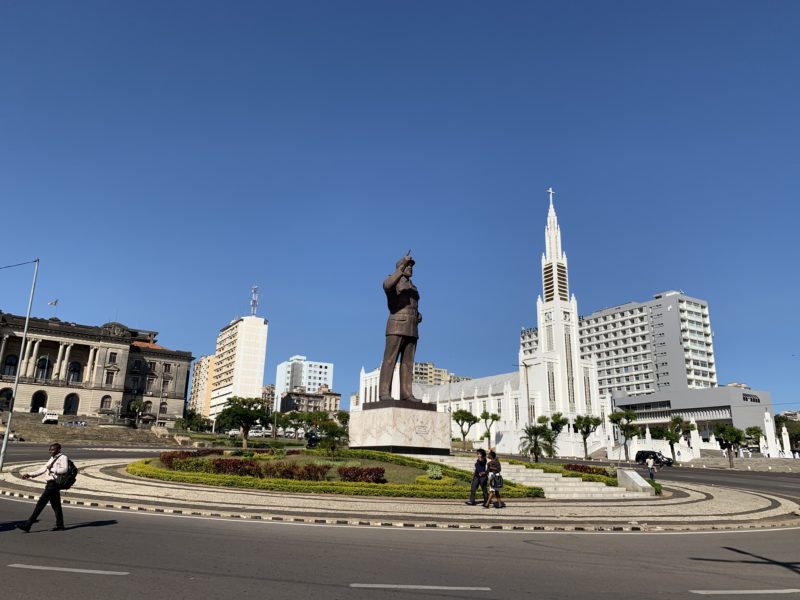
Perched atop a marble block in the heart of Praca de Independencia in Mozambique’s capital Maputo 34, this 30-foot statue supposedly depicts the infamous Samora Machel, an ex-leader of the FRELIMO who led Mozambique to independence in 1974 from the Portuguese.
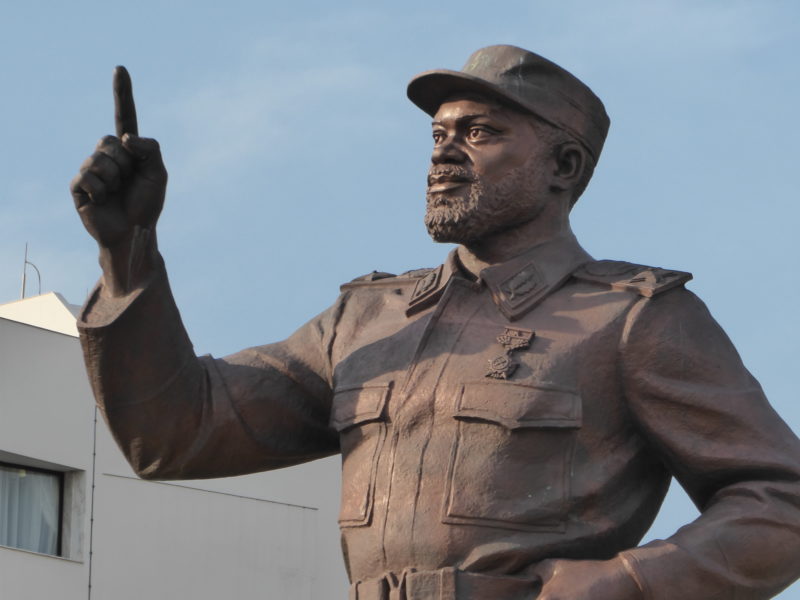
Machel was still the president of Mozambique when he perished in a plane crash in South Africa. This statue was inaugurated on October 19, 2011, on its 25th anniversary.
Namibia, Windhoek: Heroes’ Acre, 2002
If you drive around Windhoek 35 in Namibia 36, you will see from a distance a huge white obelisk towards the south of the city, emerging at the backdrop of the Auas Mountains. The obelisk can be seen from pretty much any direction and is a part of the mausoleum dedicated to the national heroes. It was officially unveiled in 2002.
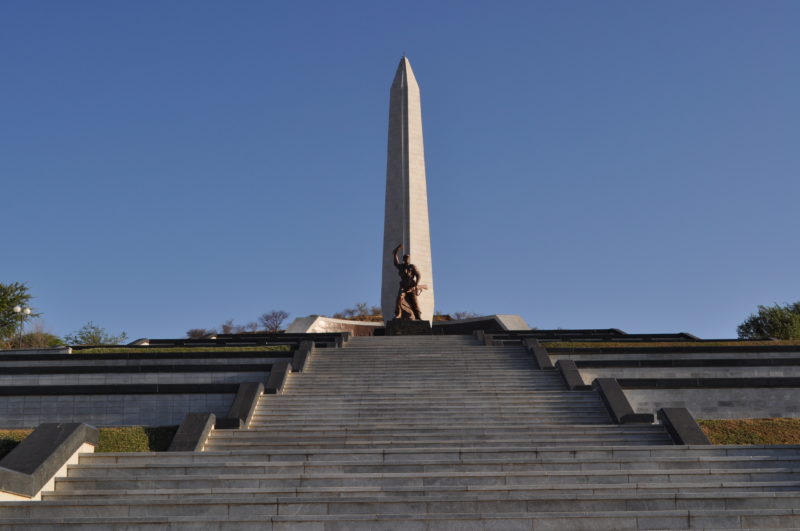
The complex constituting the obelisk is the Heroes’ Acre, which was built by the MOP. The construction took only thirteen months to complete and it is the official war memorial of Namibia. Visitors can tour the site any time to learn about some of the country’s heroines and heroes.
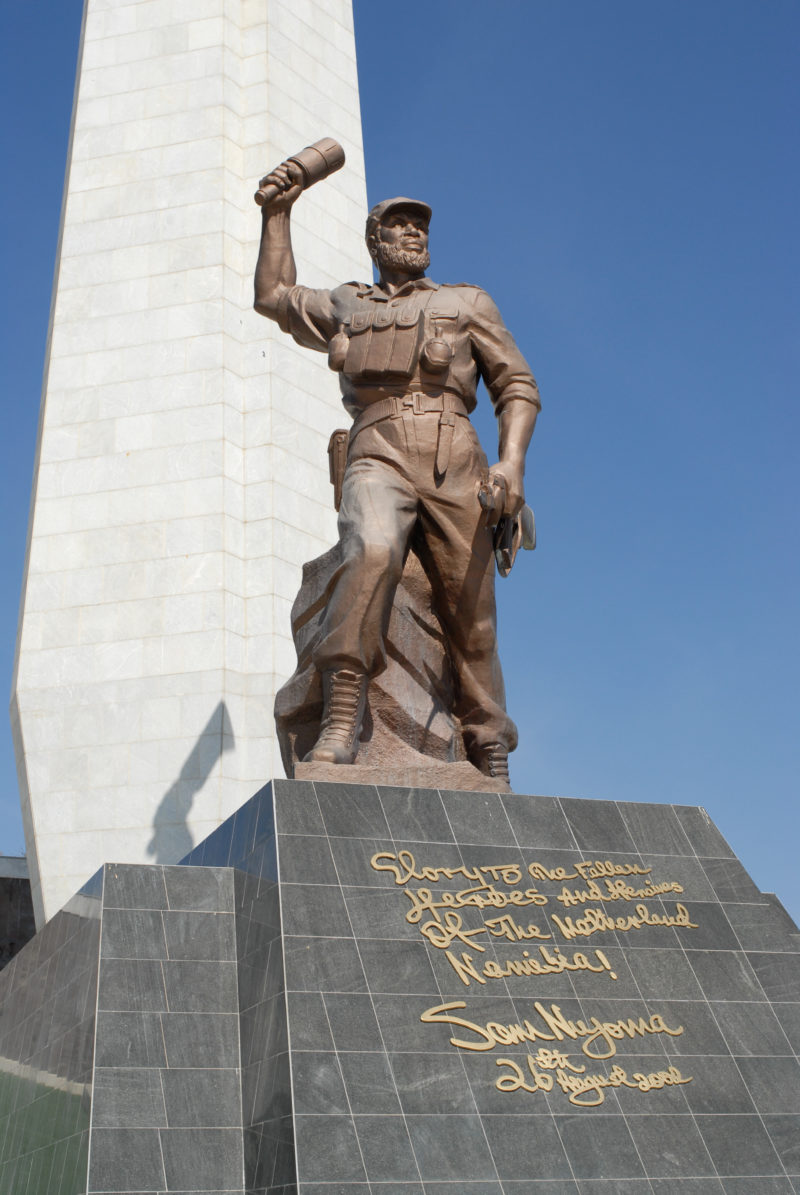
Heroes’ Acre is run by the National Heritage Council and aims to “maintain patriotism and national consciousness and pass on the legacy of future generations of Namibia.”
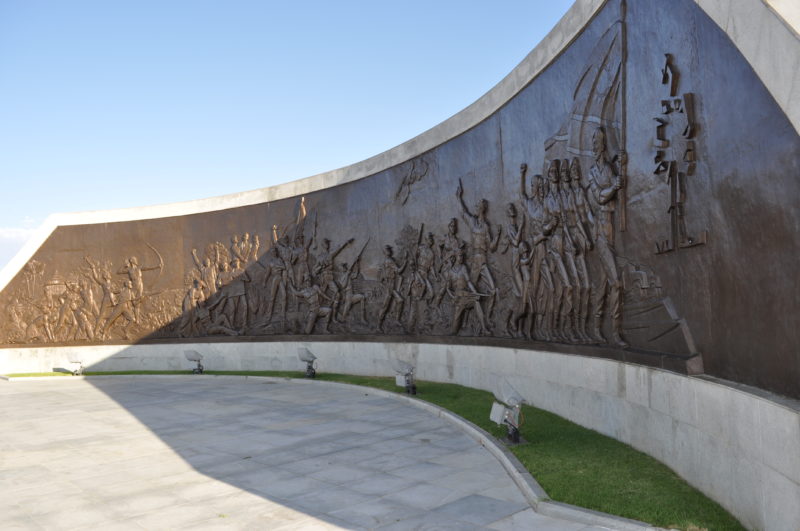
Its construction was commissioned by the country’s founding president Sam Nujoma after being inspired by Zimbabwe’s version of Heroes’ Acre. The MOP was tasked with construction since the company had already erected several buildings around Namibia, including the Presidential Office, the Military Museum in Okahandja, and the Independence Museum.
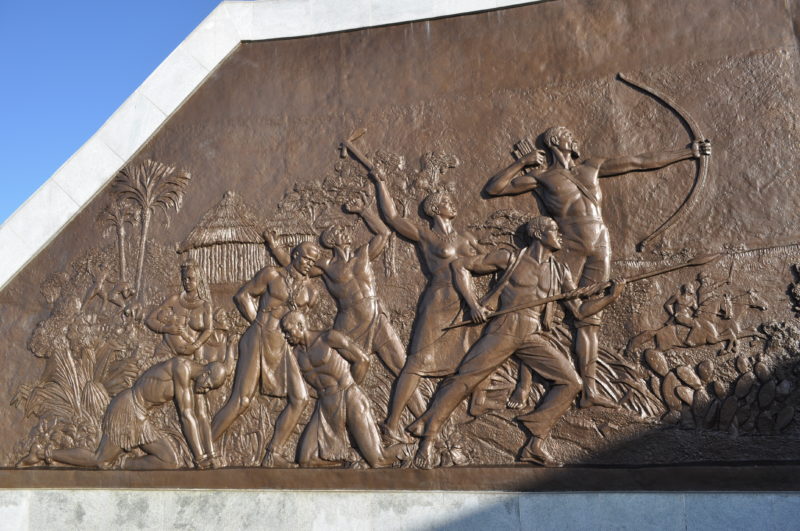
The land on which the complex was built, encompassing over 732 hectares, was donated by the municipality of Windhoek. The complex was designed by North Korean 37 architects in collaboration with the Ministry of Education and Culture and the Windhoek Municipality. The construction cost was around 2 million Euros or N$60 million.
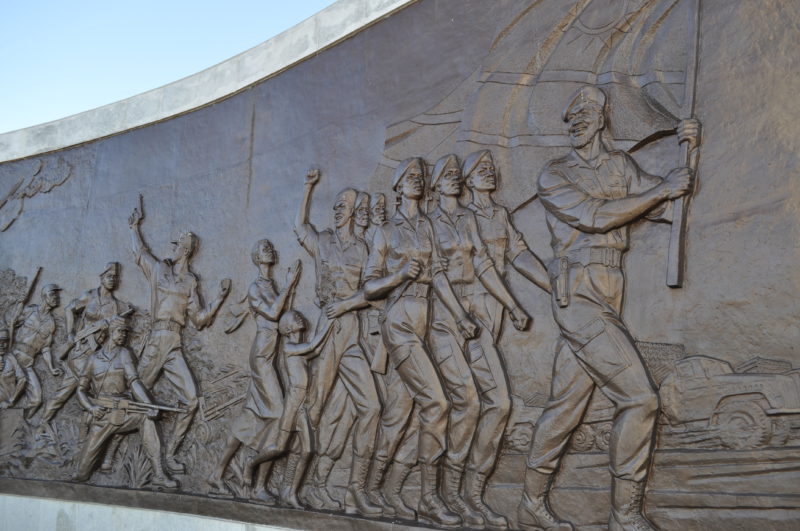
The stairs lead uphill to the graves and the giant obelisk. The semicircular wall with metal sculptures depicts different stages of the Namibian liberation struggle. In front of the tall obelisk, there is an 8 meters high statue only labeled “Unknown Soldier”, but the face seems to be similar to that of Sam Nujoma, Namibia’s founding president.
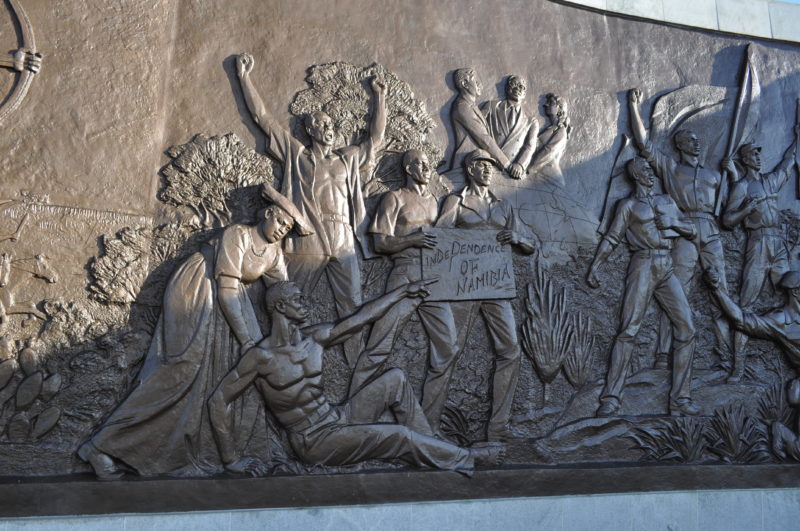
The actual monument is 287 meters long and 134 meters wide and features 174 graves. It is shaped like a symmetrical polygon and features a huge square and a public grandstand with 5,000 seats, a section for the guest of honor, and an eternal flame.
The wall sculptures and the monument were made in North Korea before they were shipped to Namibia. So it means the materials used were sourced from North Korea except the black granite and white marble that were used to cover the concrete structures, which were obtained from the Karibib near the Namib Desert 38.
Namibia: Independence Memorial Museum Namibia
This historical museum in Windhoek is dedicated to the anti-colonial resistance and the national struggle of Namibia. It was launched in 2014 on March 21, the 24th anniversary of its independence.
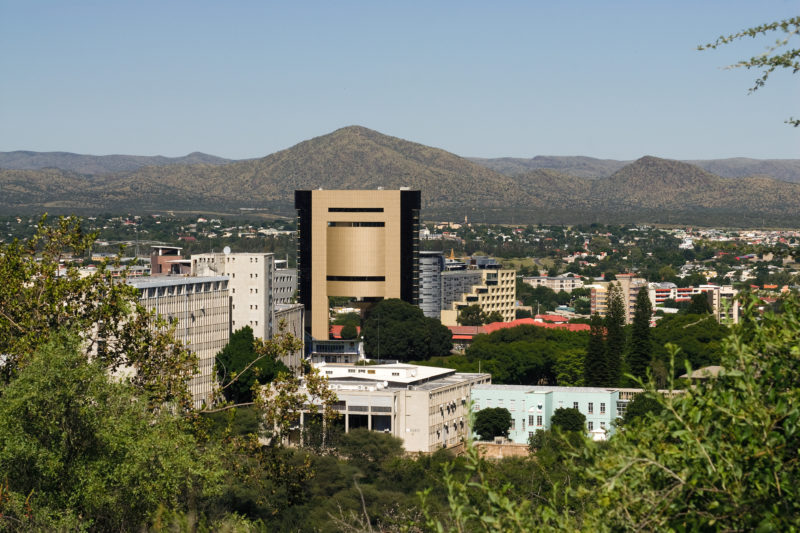
Enclosing the museums are two statues, the Genocide Statue and Sam Nujoma Statue (sitting on the site of the German-style Reiterdenkmal equestrian statue), also created by the Mansudae Overseas Projects.
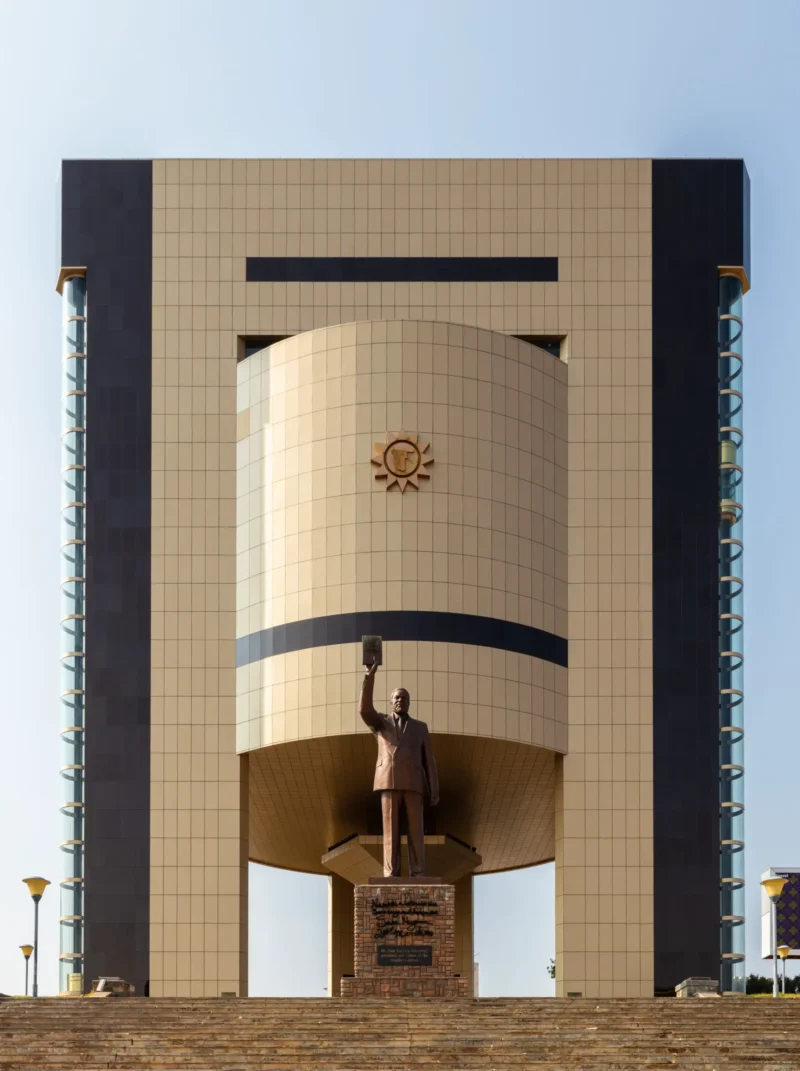
The museum is structured on four floors: The first floor is titled “Colonial Repression” and honors Namibian resistance leaders when South Africa was still ruling the country.
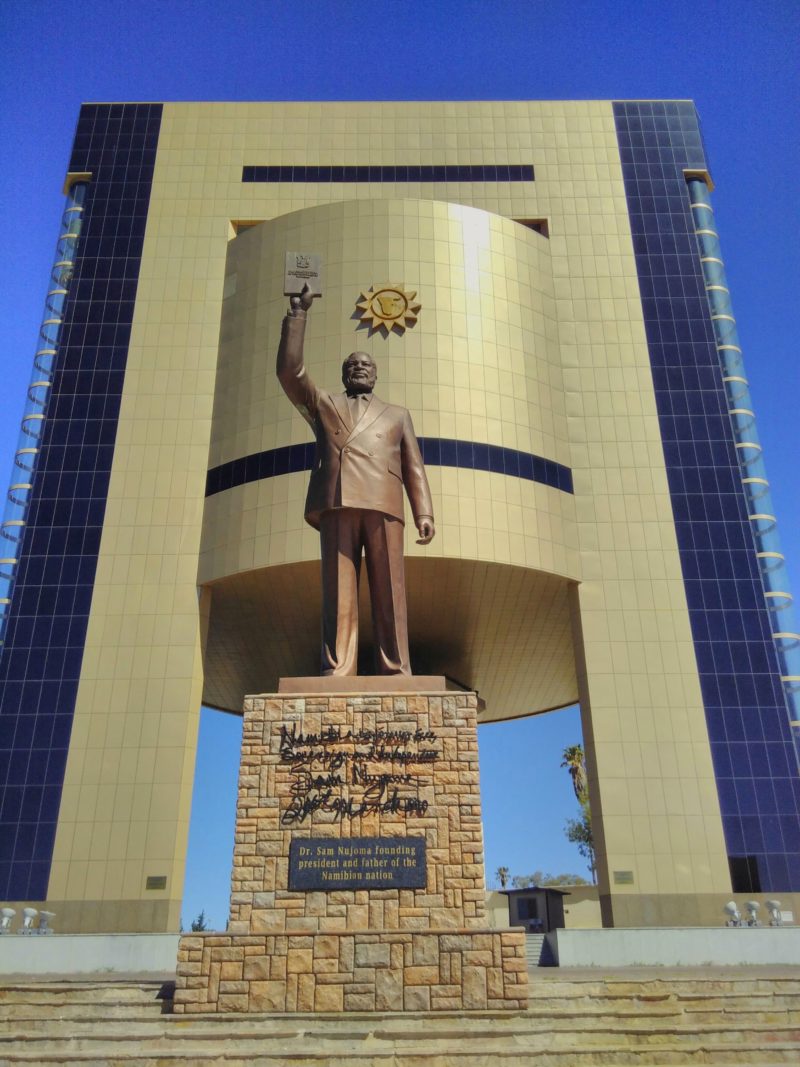
The second floor is titled “Liberation”. It reveres the 1966-1990 South African Border War and the part played by the People’s Liberation Army of Namibia (PLAN) in the battle.
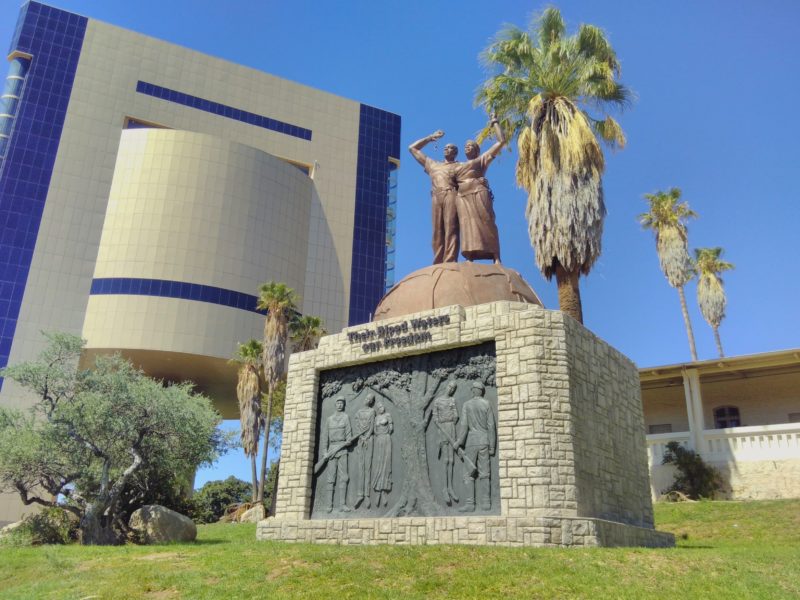
The third floor is titled “Road to Independence”. It documents the role of the United Nations Security Council Resolution 435 and SWAPO. The fourth and last floor features a restaurant and offers vistas over Windhoek.
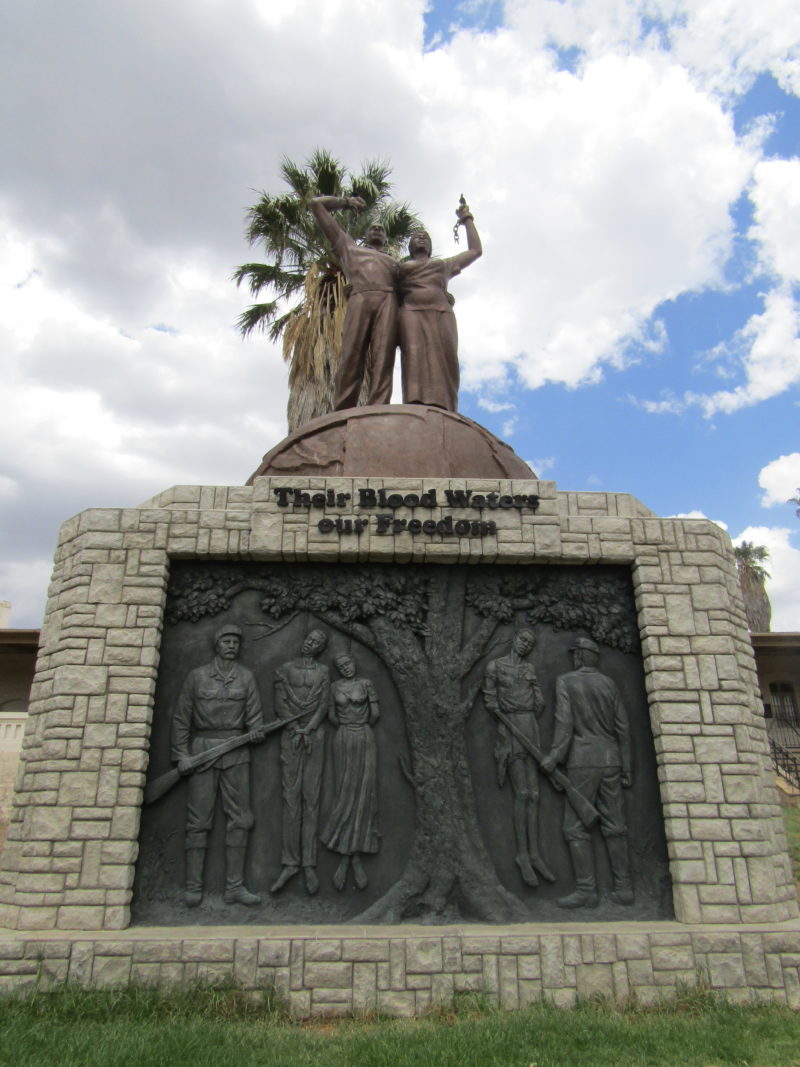
Namibia: Okahandja Military Museum
The Military Museum at Okahandja was also built by MOP for N$4 million and completed in 2004. Despite being called a museum, it has been idle since it was opened more than 16 years ago, despite the ministry’s promise to open it to the public by 2009.
Located across the road from the Okahandja Magistrate’s Court, this museum was supposed to showcase a collection of military and naval memorabilia from the country’s history.
So far, no one can visit or photograph the place as the armed military manning the premises will not let you. It remains to be one of the strangest structures built by the Mansudae Overseas Project.
[su_button url=”https://biveros.se/okahandja/” target=”_blank” style=”flat” background=”#fff” color=”#000″ size=”10″ wide=”no” center=”yes” radius=”auto” icon=”” icon_color=”#FFFFFF” text_shadow=”none” desc=”” download=”” onclick=”” rel=”” title=”” id=”” class=””]Images[/su_button]
Namibia: The new State House of Namibia
Mansudae Overseas Projects began constructing the New State House of Namibia in September 2002 and completed it in March 2008 at the cost of N$400 and 66 months. It was designed by the MOP and initiated by Sam Nujoma, the country’s first president, to replace the older State House, which had limited parking spaces and small office spaces.
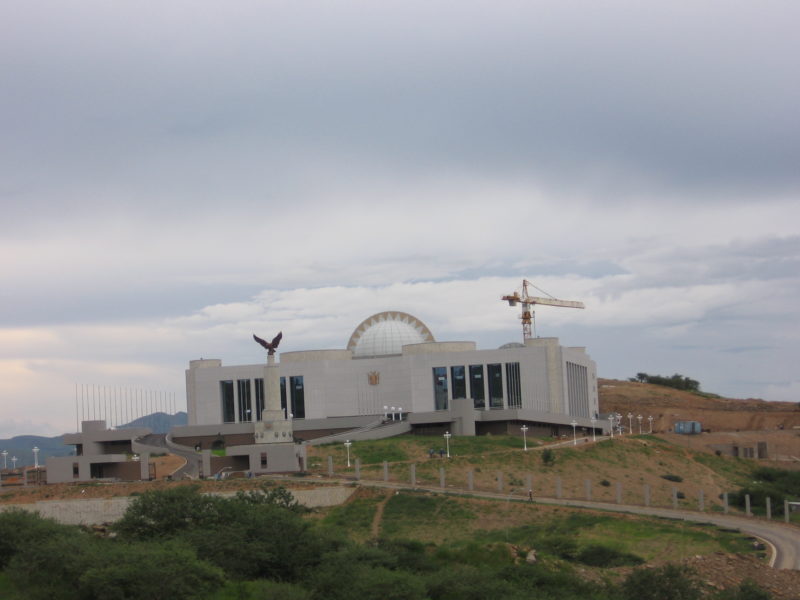
In 2008, the presidential house was opened in the presence of the new head of state, Hifikepunye Pohamba, along with Kim Yong-Nam, the chairman of the Presidium of the Supreme People’s Assembly of North Korea, and Cuban General Leopoldo Cintra Frias.
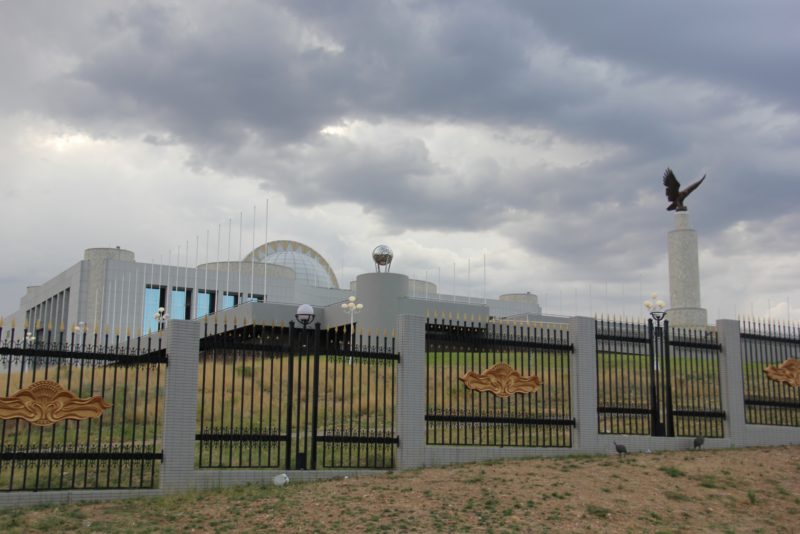
The statehouse sits on 25 hectares and is surrounded by a two-kilometer-long steel fence, which features dark-glassed towers and guardrooms at every edge. In the hallway, there is a mural depicting the first Namibian Cabinet, which included former presidents Nujoma and Hifikepunye and the current president Hage Geingob.
Senegal, Dakar: African Renaissance Monument, 2010
At 160 feet tall, the African Renaissance Monument in Dakar 39, Senegal 40, is the tallest in Africa and one-and-a-half times taller than the iconic Statue of Liberty.
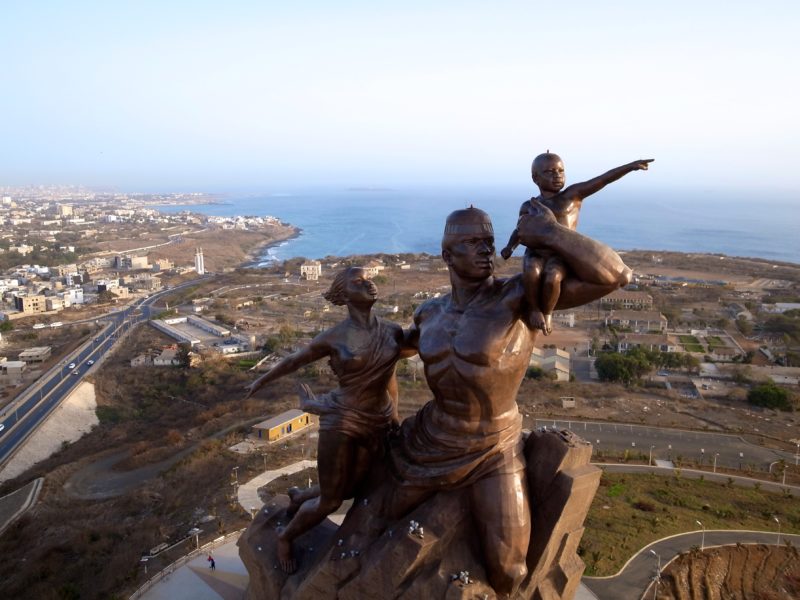
The statue comprises a bare-chested man holding a baby high up in one arm and leading a woman with the other.
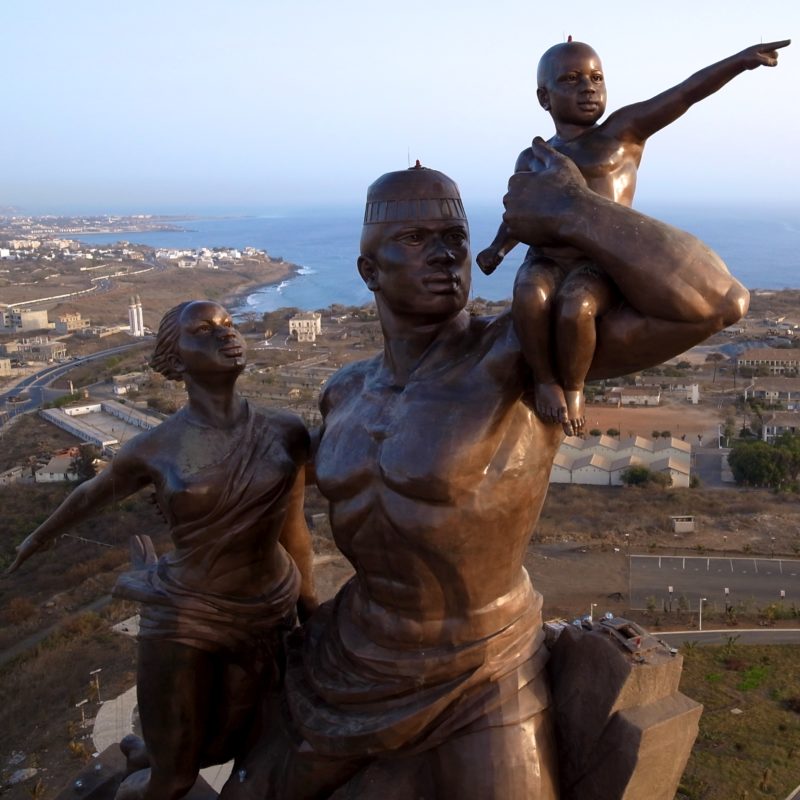
The child points ahead to indicate a brighter future, while the woman’s hand points backward as if to acknowledge past turmoil.
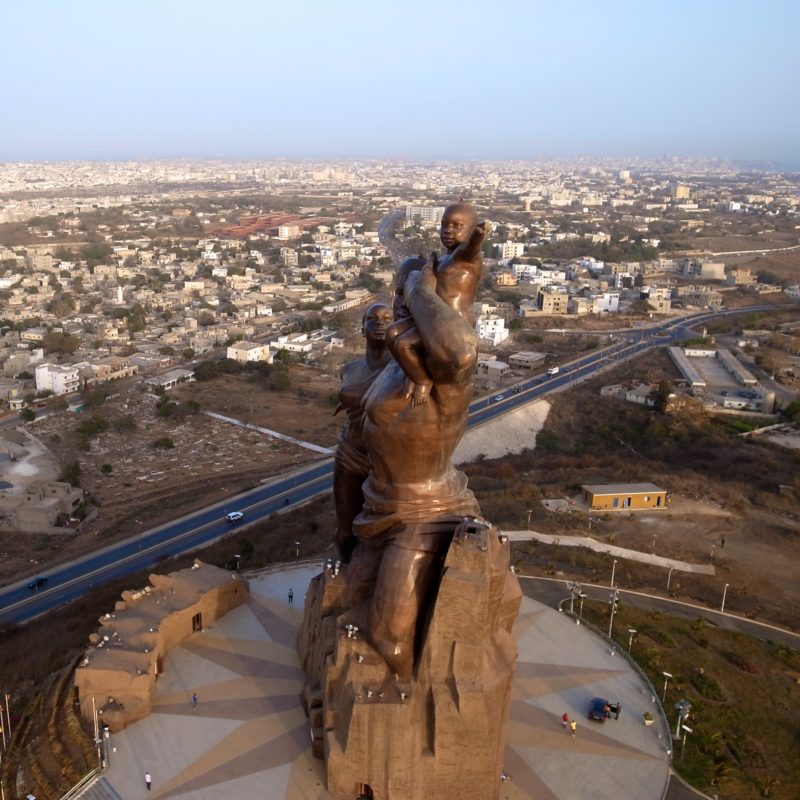
The monument was inaugurated in 2010 on the 50th anniversary of Senegal’s independence from the French.
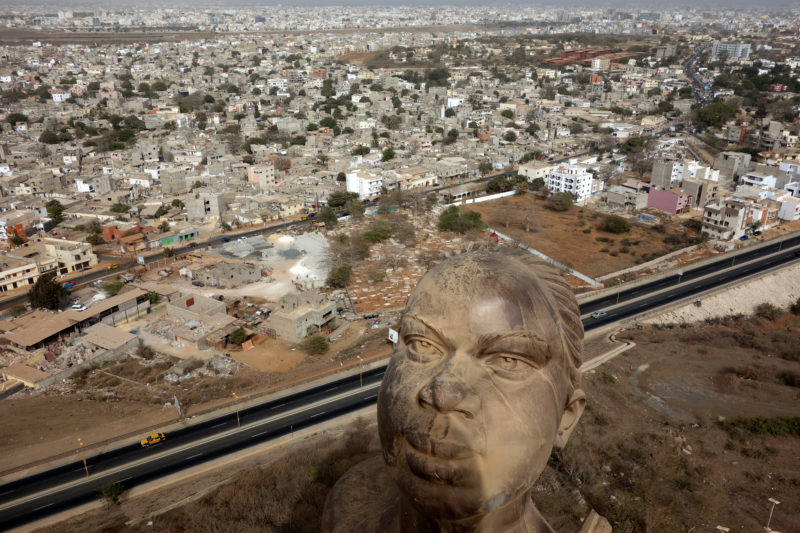
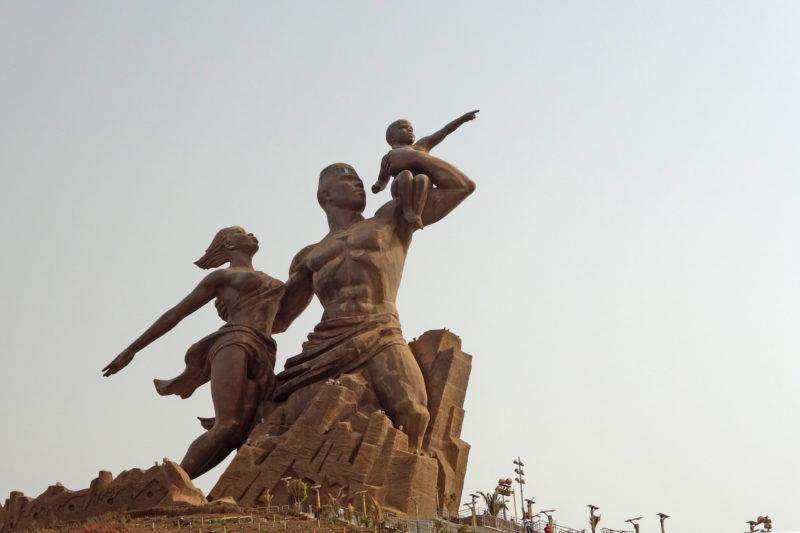
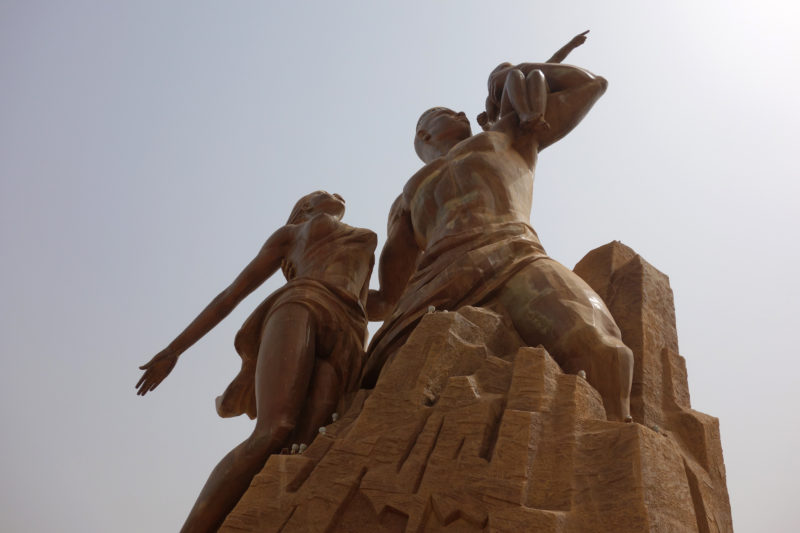
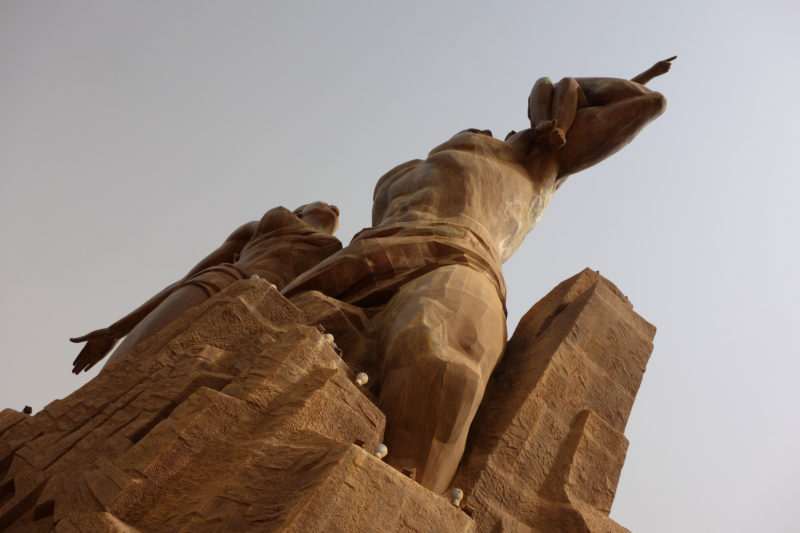
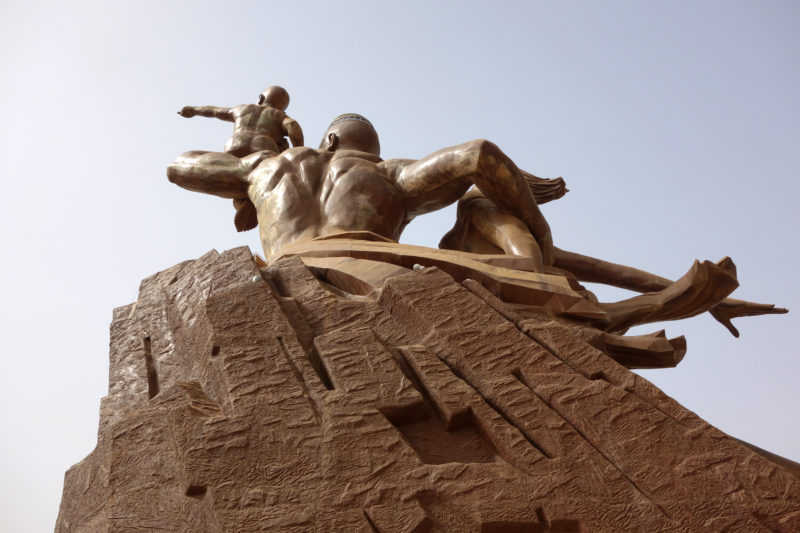
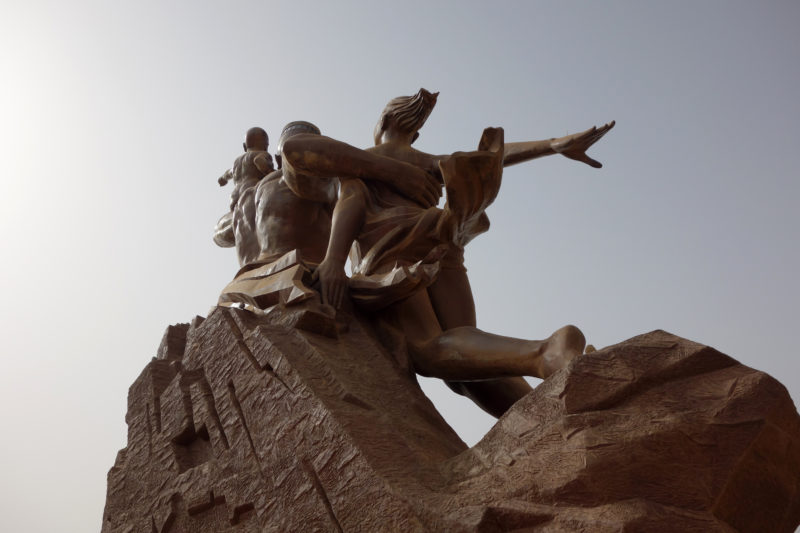
Syria, Damascus: Tishreen War Panorama, 1998
The October War Panorama is a national museum located in Syria’s 41 largest city, Damascus 42, built to commemorate the 1973 October War between Syria and Egypt against Israel from a Syrian perspective. Its Egyptian counterpart is also called October War Panorama and is located in Cairo.
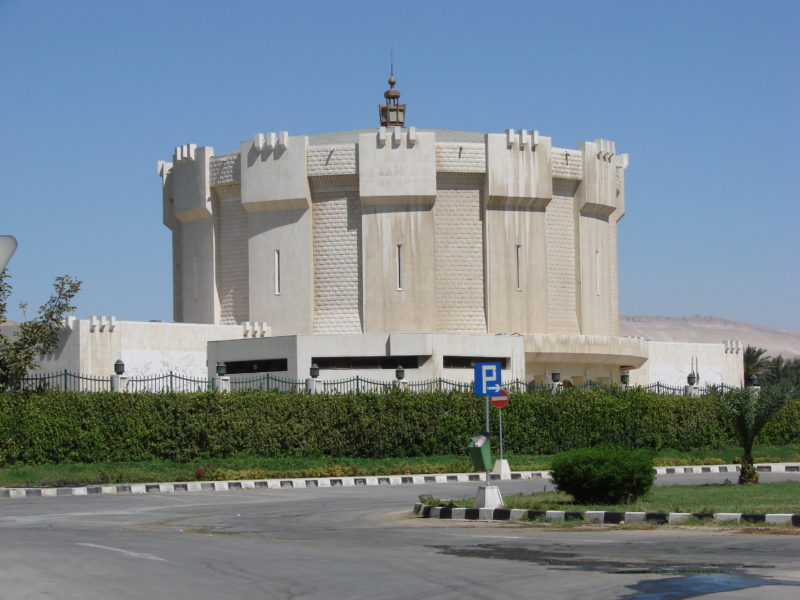
The museum was opened by president Hafez al-Assad in 1998. It displays jets, tanks, and other weaponry used during the war, most of the Soviet-made while others captured from the enemy.
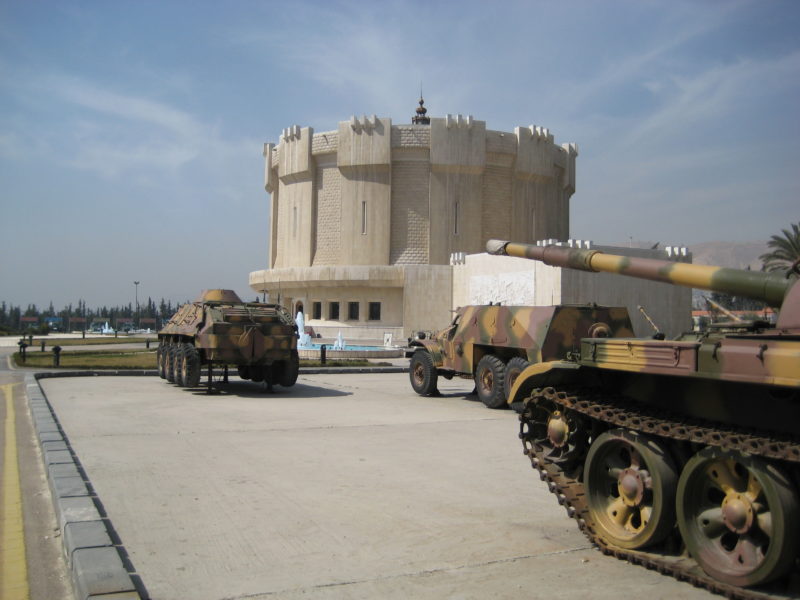
There are also memorabilia from the 1982 Lebanon War, including a tank and wreckage and remnants of Israeli jets downed by the Syrian Air Defense Force.
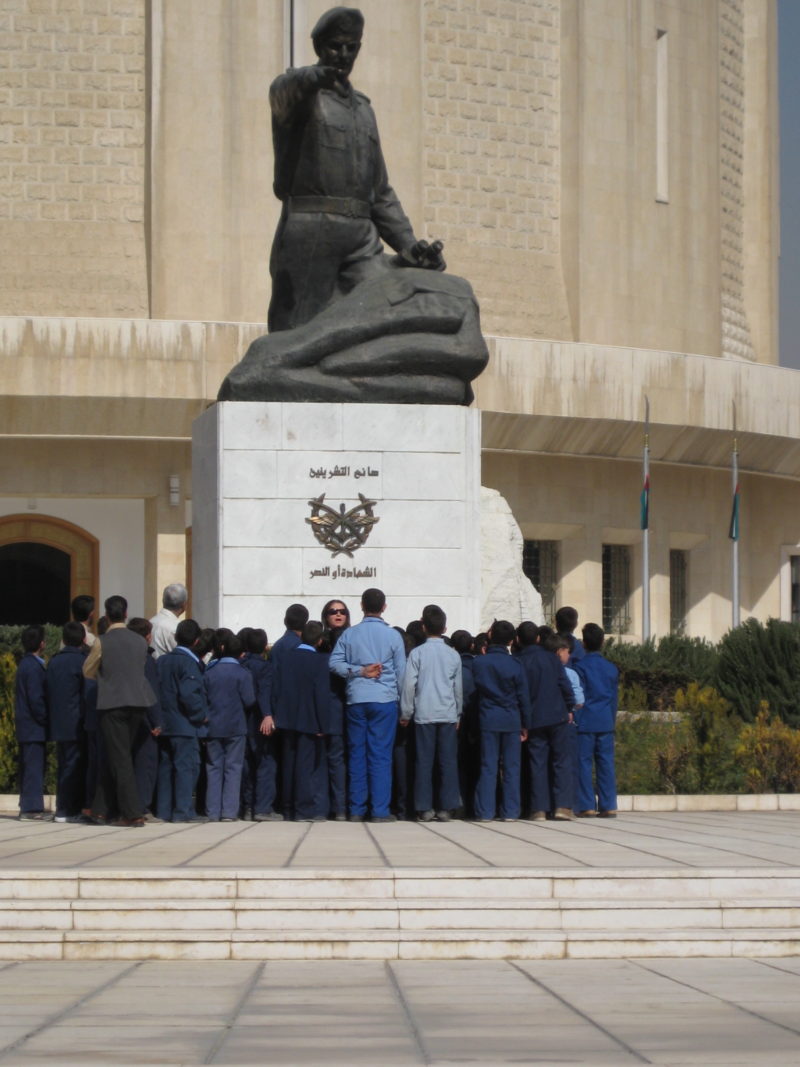
Just like Egypt’s version, the museum in Damascus was also built with the help of MOP, which can be seen through the socialist-realist reliefs inside the museum and a large mural depicting Assad alongside Kim il-Sung.
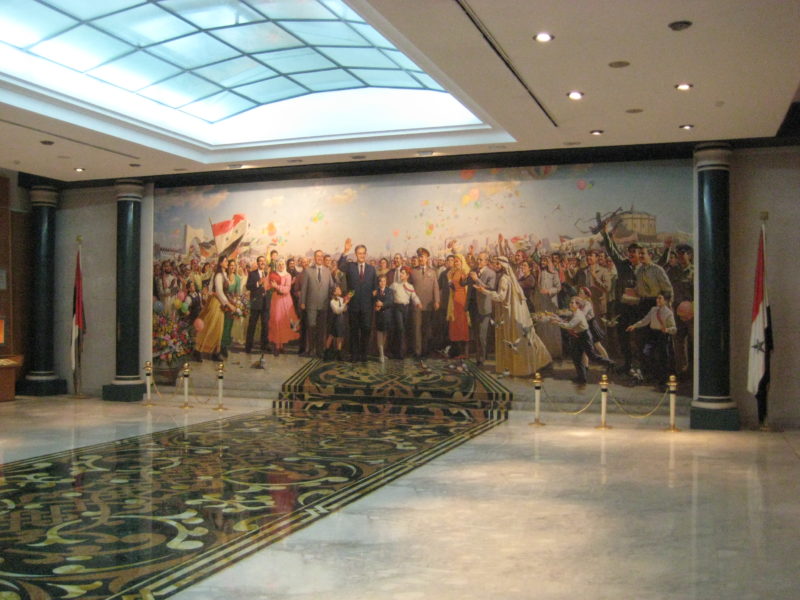
The Tishreen War Panorama also features several gallery halls with other large dedicatory murals and paintings of the former Syrian president Hafez al-Assad.
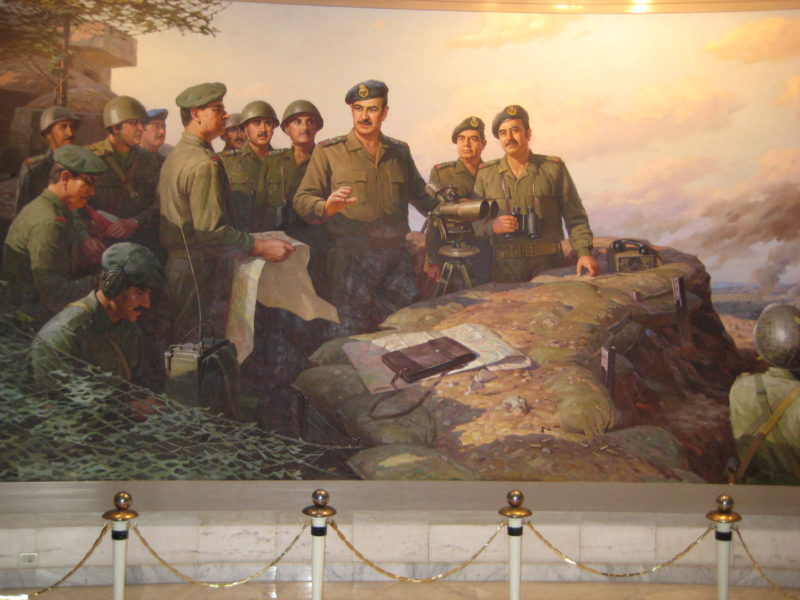
Some paintings also depict the battles and Syrian soldiers. It is said that the murals were created based on real soldiers and veterans. The highlight of the museum, however, is the three-dimensional panorama.
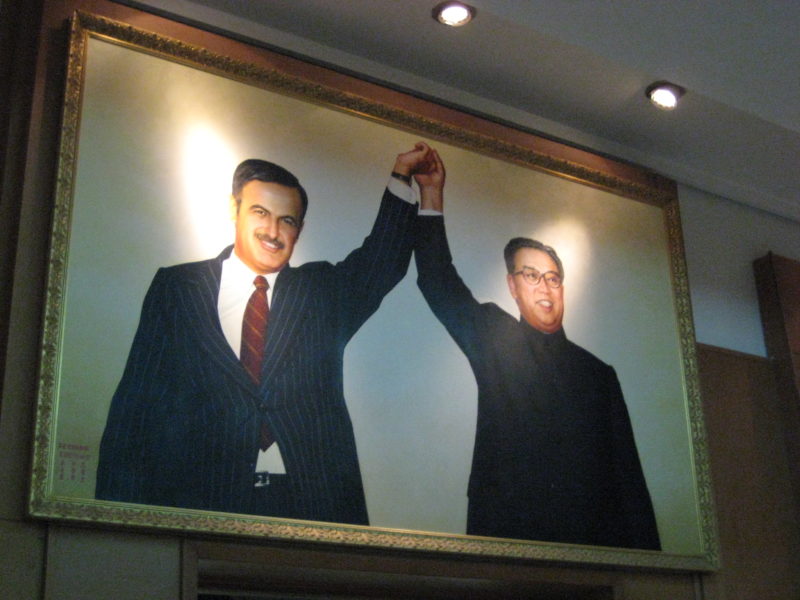
The viewer sits on a rotating platform, submerged in a depiction of the battle of Quneitra in the Golan Heights, while the narrations play through the hidden speakers.
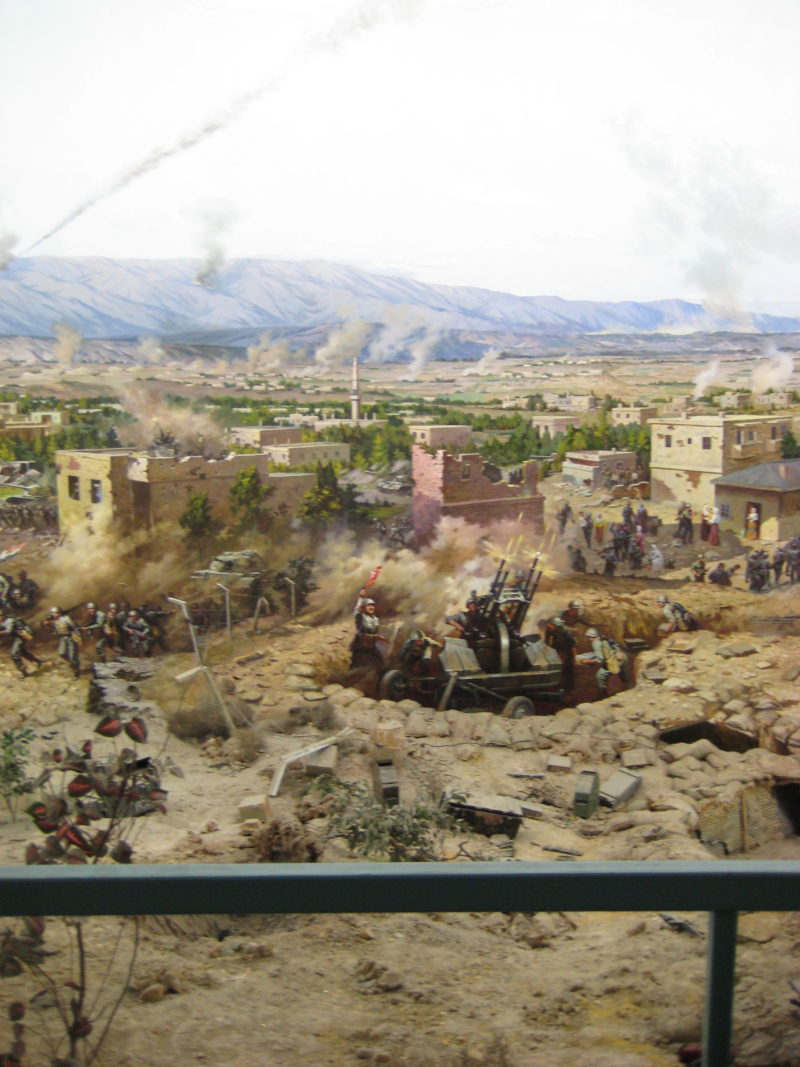
Togo, Sarakawa crash site: Eyadema statue
In January 1974, a plane carrying several politicians, including the then-president Gnassingbé Eyadéma, crashed in northern Togo 43 near an isolated village of Sarakawa. The aircraft was flying from the capital Lome to the president’s native town, Pya.
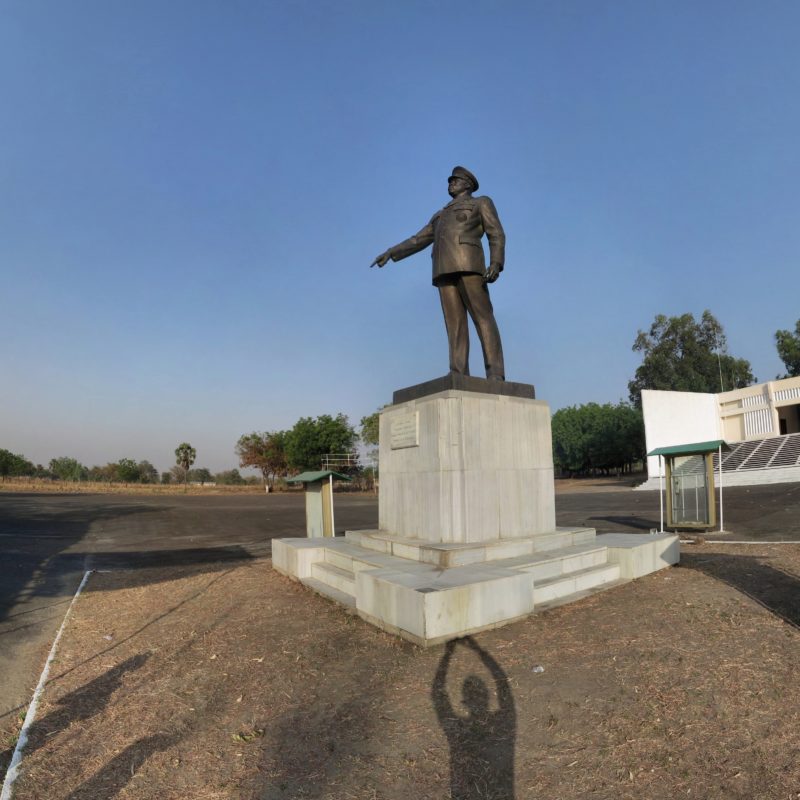
The president survived the crash, but several people, including the French pilot, died. Eyadéma even changed his second name from Étienne to Gnassingbé to commemorate the date of his near-death experience.
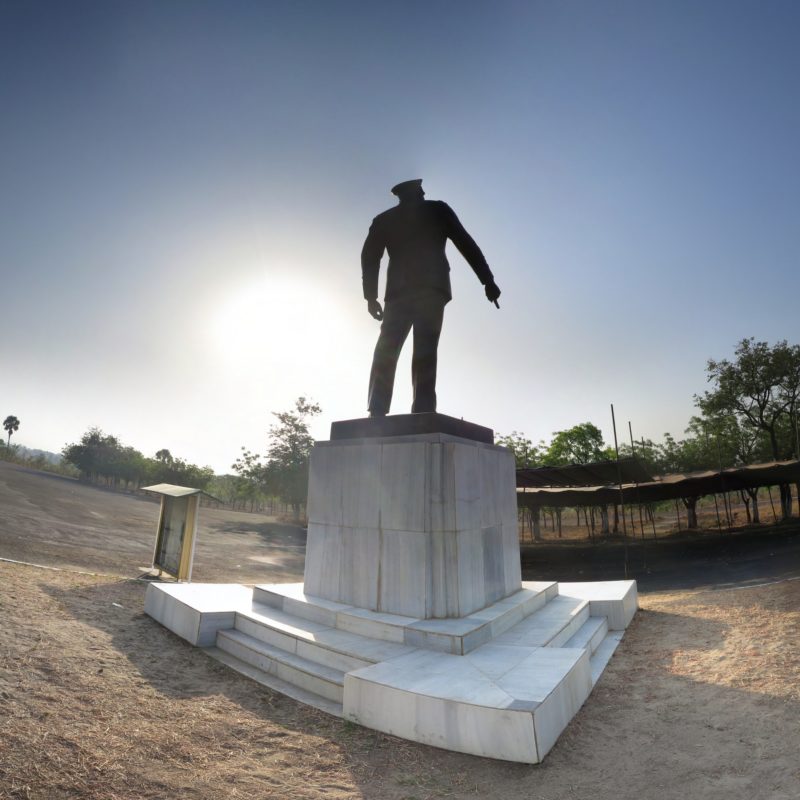
Following the crash, a monument was constructed by the Togolese government with MOP’s help near the crash site. The monument is a statue of Eyadema standing on a plinth, surrounded by images of his generals who perished in the crash.
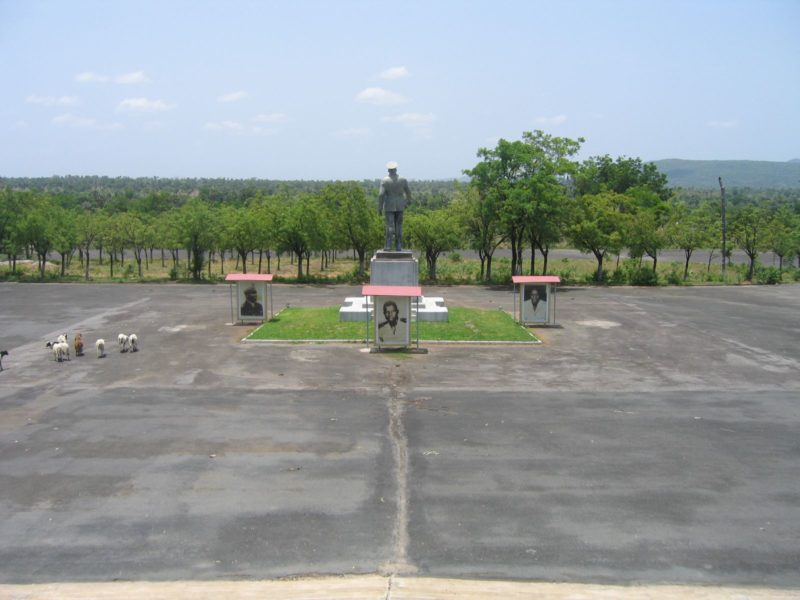
Zimbabwe: Joshua Nkomo statue
Several years ago, the Mansudae Overseas Project built the National Heroes Acre near Harare 44. They returned to Zimbabwe 45 to erect a statue of Joshua Nkomo in 2010 in Bulawayo. However, the unveiling of the statue was met with harsh criticism from the people, especially the acolytes of the former freedom fighter and vice-president of Zimbabwe.
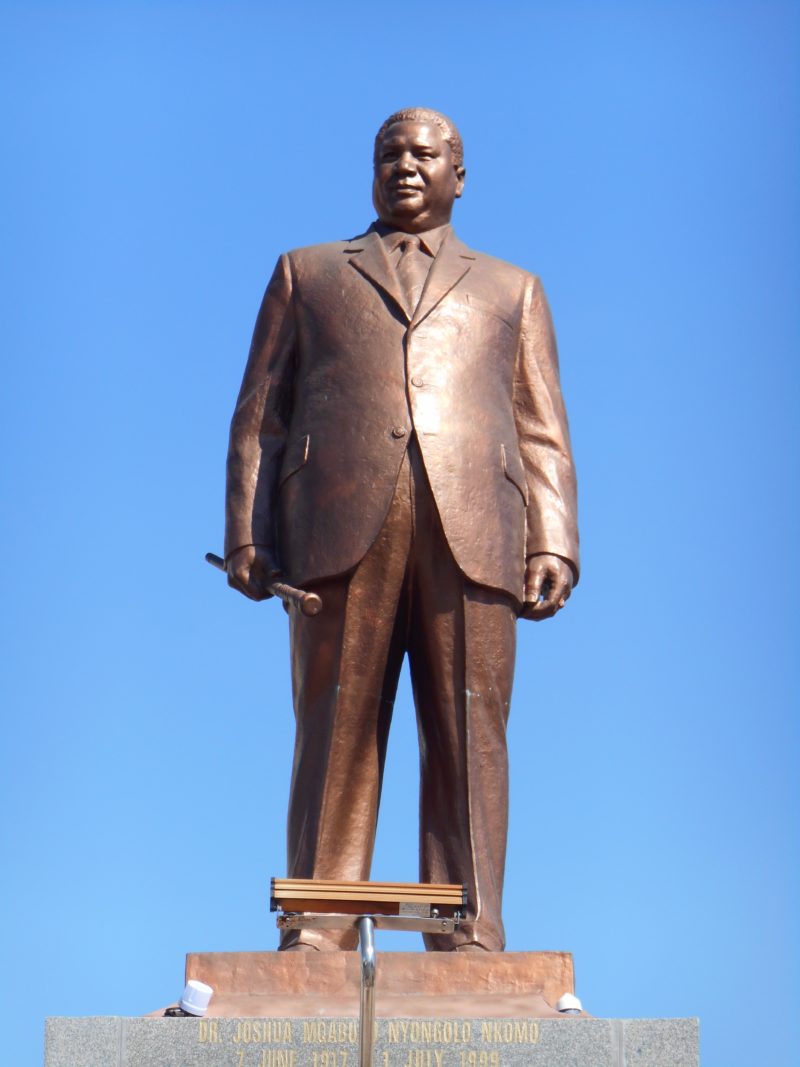
Most of the anger was born from the fact that it was North Korea who helped train the fifth brigade unit that was sent to attack Nkomo’s ZAPU fighters in his native region of Matabeleland in the early 1980s. Therefore, to have North Korean artists create a statue of revered Nkomo was seen as insensitive.
Zimbabwe, Harare: National Heroes’ Acre, 2002
Located in Harare, Zimbabwe, National Heroes’ Acre is the burial site for all Zimbabweans who have been declared hero status by the government. It spans some 57 acres and is located around 7 kilometers from the city center.
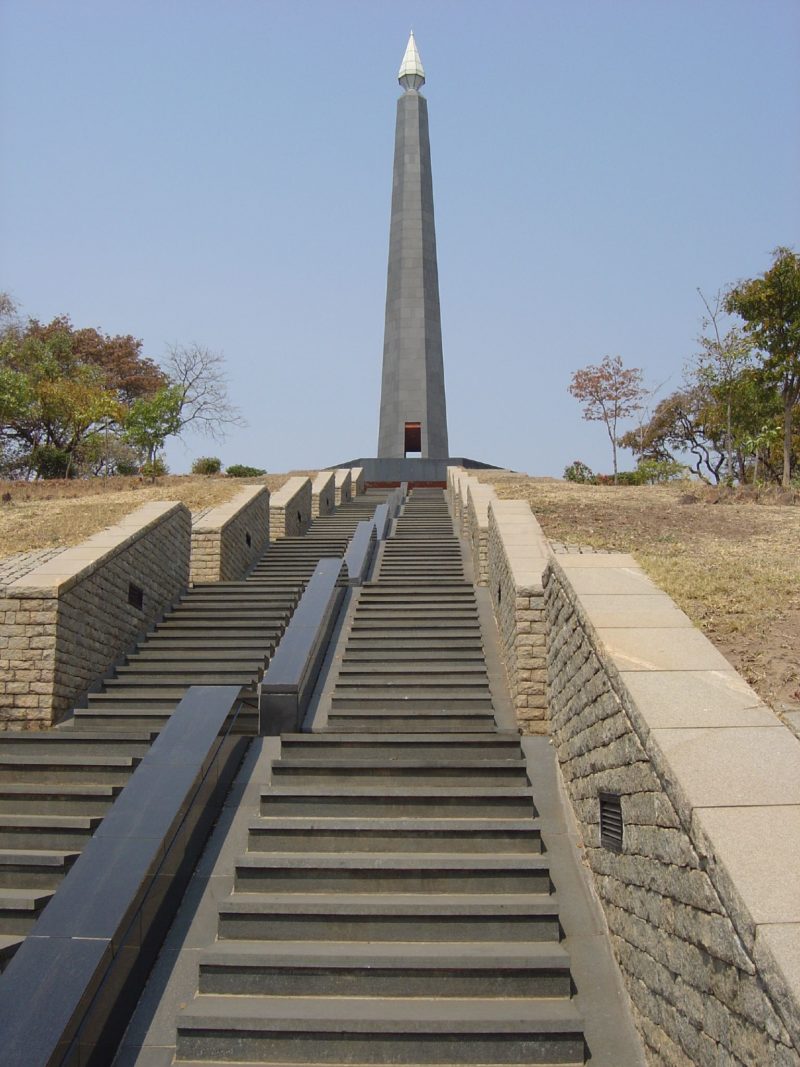
The memorial was created to commemorate those who perished in the battle for national liberation and the sons and daughters of Zimbabwe whose achievements warrant their burial at this sanctified site.
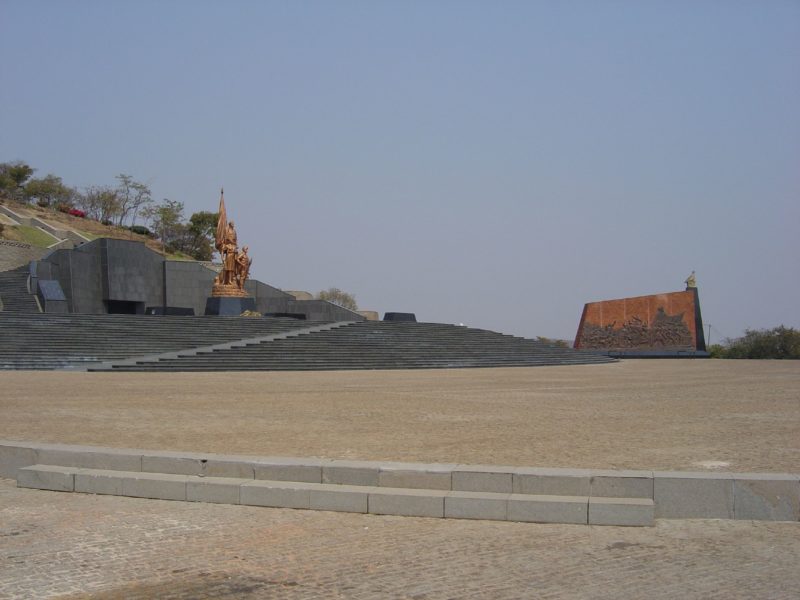
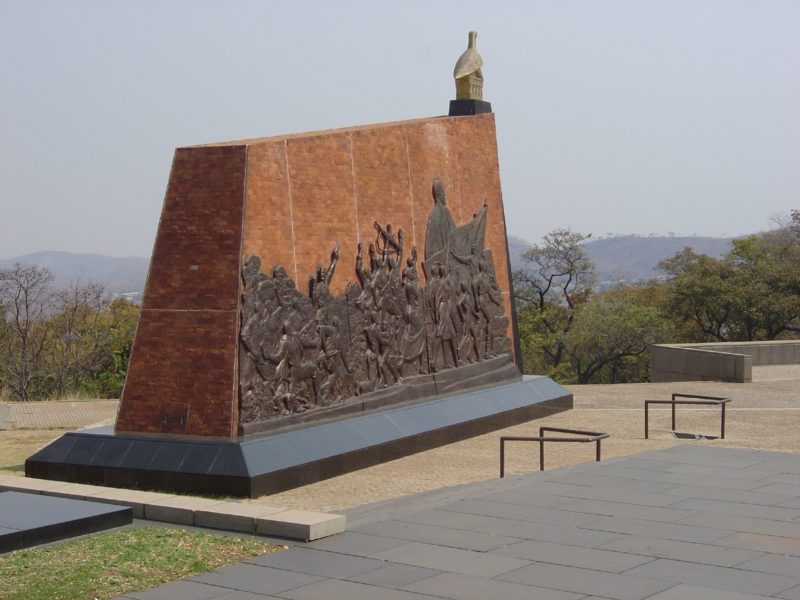
![The Mansudae Overseas Project - Zimbabwe - National Heroes Acre, By Gary Bembridge (Flickr- Heroes Acre, Harare, Zimbabwe) [CC BY 2.0], via Wikimedia Commons 2](https://publicdelivery.org/wp-content/uploads/2017/11/The-Mansudae-Overseas-Project-Zimbabwe-National-Heroes-Acre-By-Gary-Bembridge-Flickr-Heroes-Acre-Harare-Zimbabwe-CC-BY-2.0-via-Wikimedia-Commons-2-800x600.jpg)
![The Mansudae Overseas Project - Zimbabwe - National Heroes Acre, By Gary Bembridge (Flickr- Heroes Acre, Harare, Zimbabwe) [CC BY 2.0], via Wikimedia Commons](https://publicdelivery.org/wp-content/uploads/2017/11/The-Mansudae-Overseas-Project-Zimbabwe-National-Heroes-Acre-By-Gary-Bembridge-Flickr-Heroes-Acre-Harare-Zimbabwe-CC-BY-2.0-via-Wikimedia-Commons-800x600.jpg)
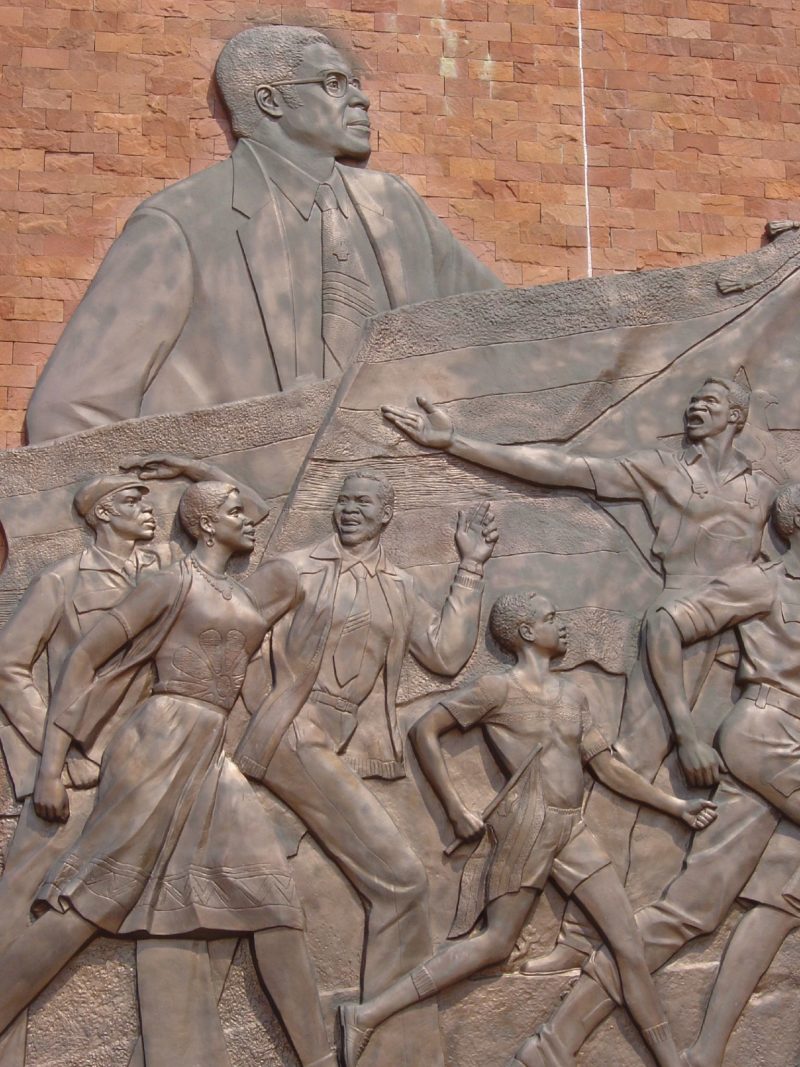
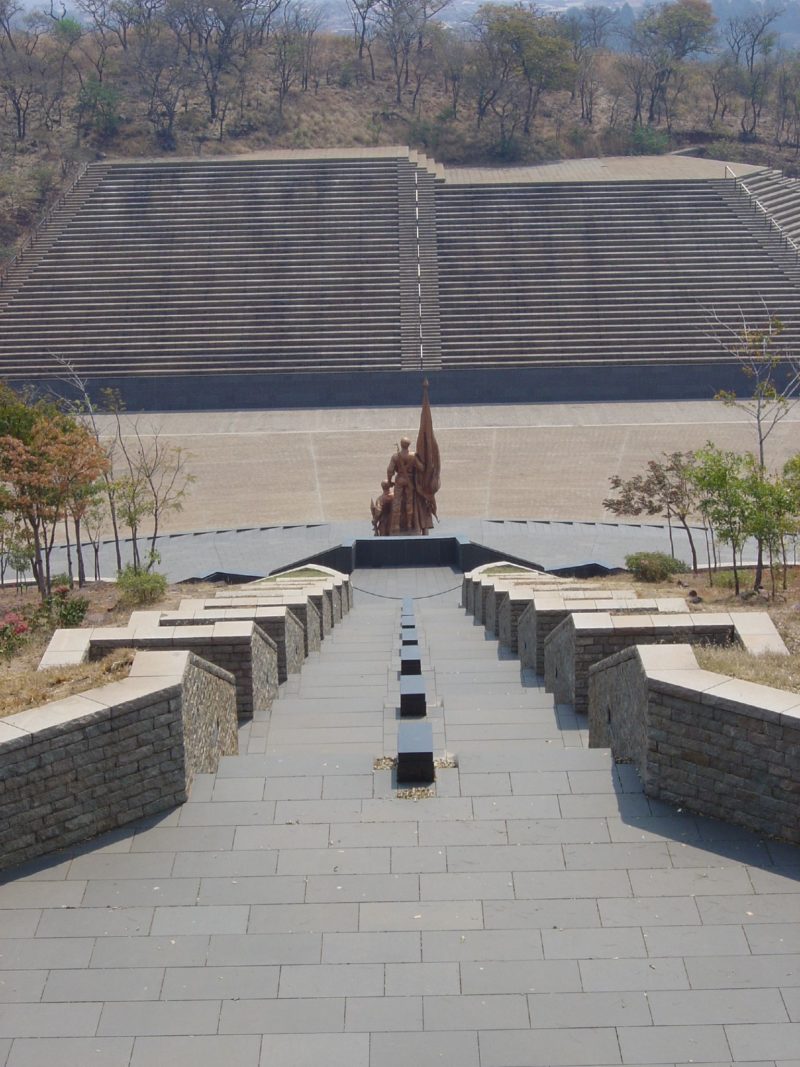
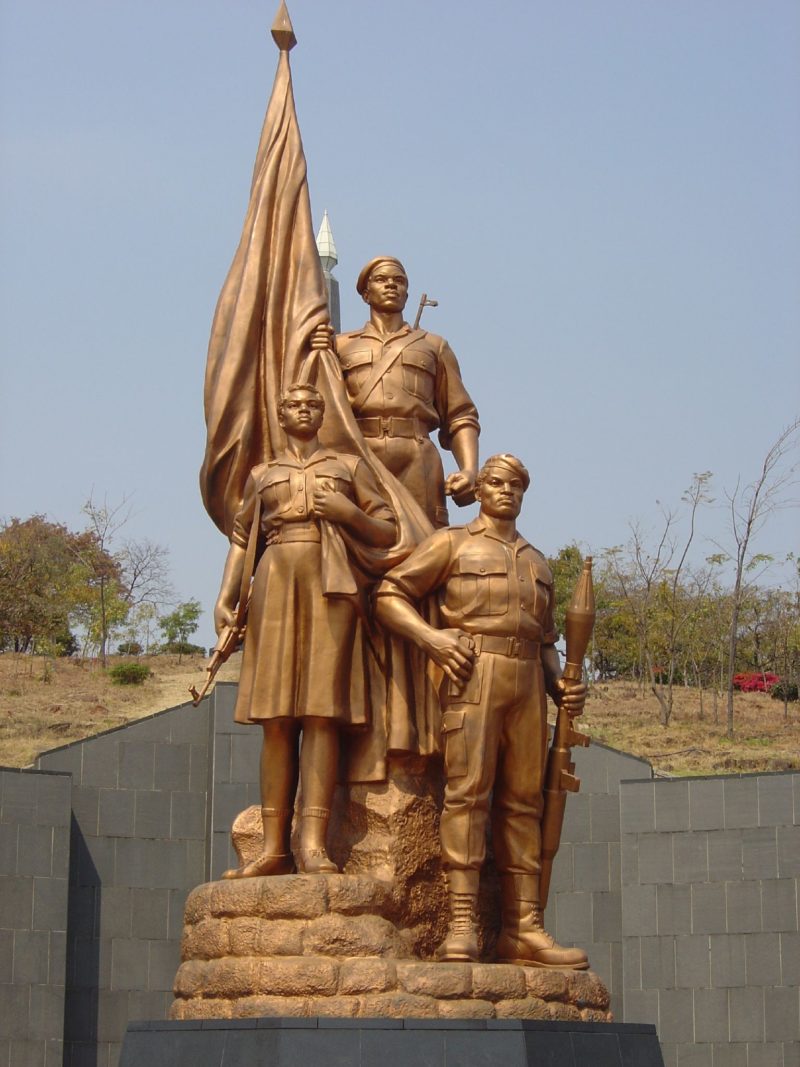
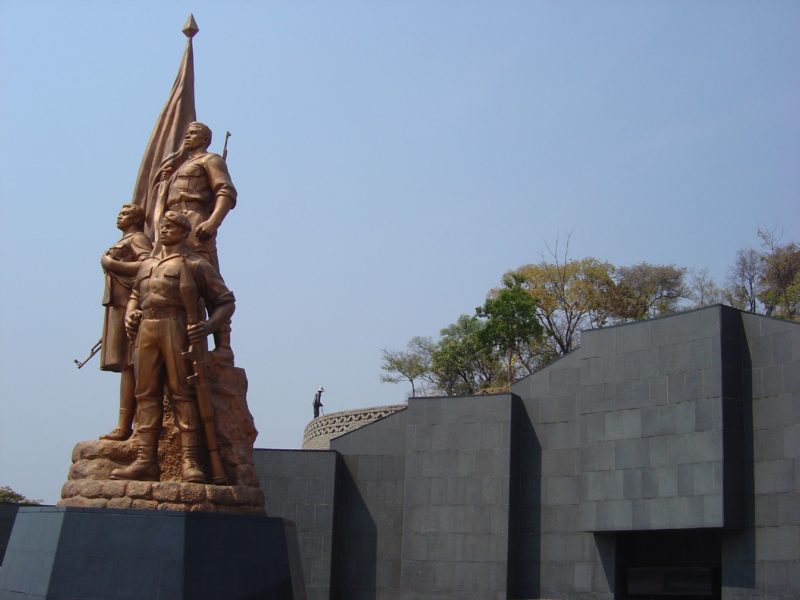
Conclusion
Although The Mansudae Overseas Project has earned an estimated 160 million US dollars in the last ten years, the studio has been criticized for the poor working conditions that it exposes workers to and the low pay.
The artists who work steadfastly do not get any returns as money from art sales is re-directed to the North Korean government. Additionally, some artists have criticized some of the monuments claiming that they are a little too ‘North Korean’ for their liking.
Explore nearby
Statue of King Béhanzin, Abomey, Benin
 Pieter Hugo's Hyena MenPhoto documentation (2005/2007)160 km away
Pieter Hugo's Hyena MenPhoto documentation (2005/2007)160 km away Kunlé Adeyemi's Floating SchoolsInstallation ended (dismantled in 2016)171 km away
Kunlé Adeyemi's Floating SchoolsInstallation ended (dismantled in 2016)171 km away

